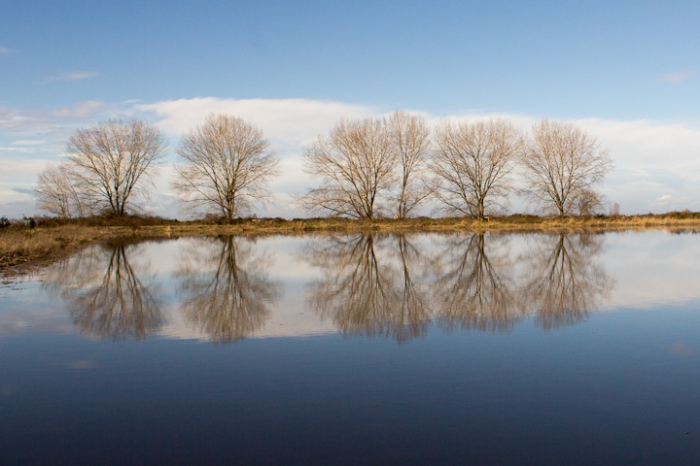
A beautiful springlike day was a great change from the last Wild Research fieldtrip. Wow. The spiders were crawling, the birds were singing, the frogs were calling and there were warblers and ladybirds, caterpillars and flies.
This bird ID fieldtrip didn’t provide a plethora of species, but it was a very pleasant outing nonetheless. I definitely need to get back for some early insect photos if we get another nice day like that.
Please see below a gallery of images obtained on the weekend expedition to Iona Beach.
- Iona Beach is at the end of the northernmost arm of the Fraser. Logs are boomed here for transport all around the region.
- A series of ponds and sewage settling facilities, as well as mudflats makes the area especially good for migratory birds.
- Red-tailed hawks were courting to the southeast
- whatever the sewage grows is big enough to be preyed on by gulls
- To the south lies the airport.
- In between the sewage ponds
- reflections
- Northern Pintails in flight
- an early wooly bear was enjoying the warmth
- Scopes bring it all in
- Paul Levesque, founder of Wild Research
- happy birders
- happy birders
- Song Sparrow
- The banding station
- Bewick’s Wren in the hand
- examining the plumage for molt limits (this is how birds are aged)
- Jeremiah demonstrates the wren
- ID points of the wren discussed
- Winter birding is not as productive as spring and fall, but it is a low pressure way to train banding volunteers
- a big murder to the east
- a filthy young Coopers hawk with a full crop
- Orange-crowned Warbler!
- all captured birds are weighed
- Paul demonstrates the “photographer’s grip”
- Many winter birds are re-captures, including this Song Sparrow
- Jeremiah supervises a volunteer learning net extraction
- it is harder than it looks!
- Several strategies can be used for effective extraction
- Tools of the trade
- data point
- Clowning around
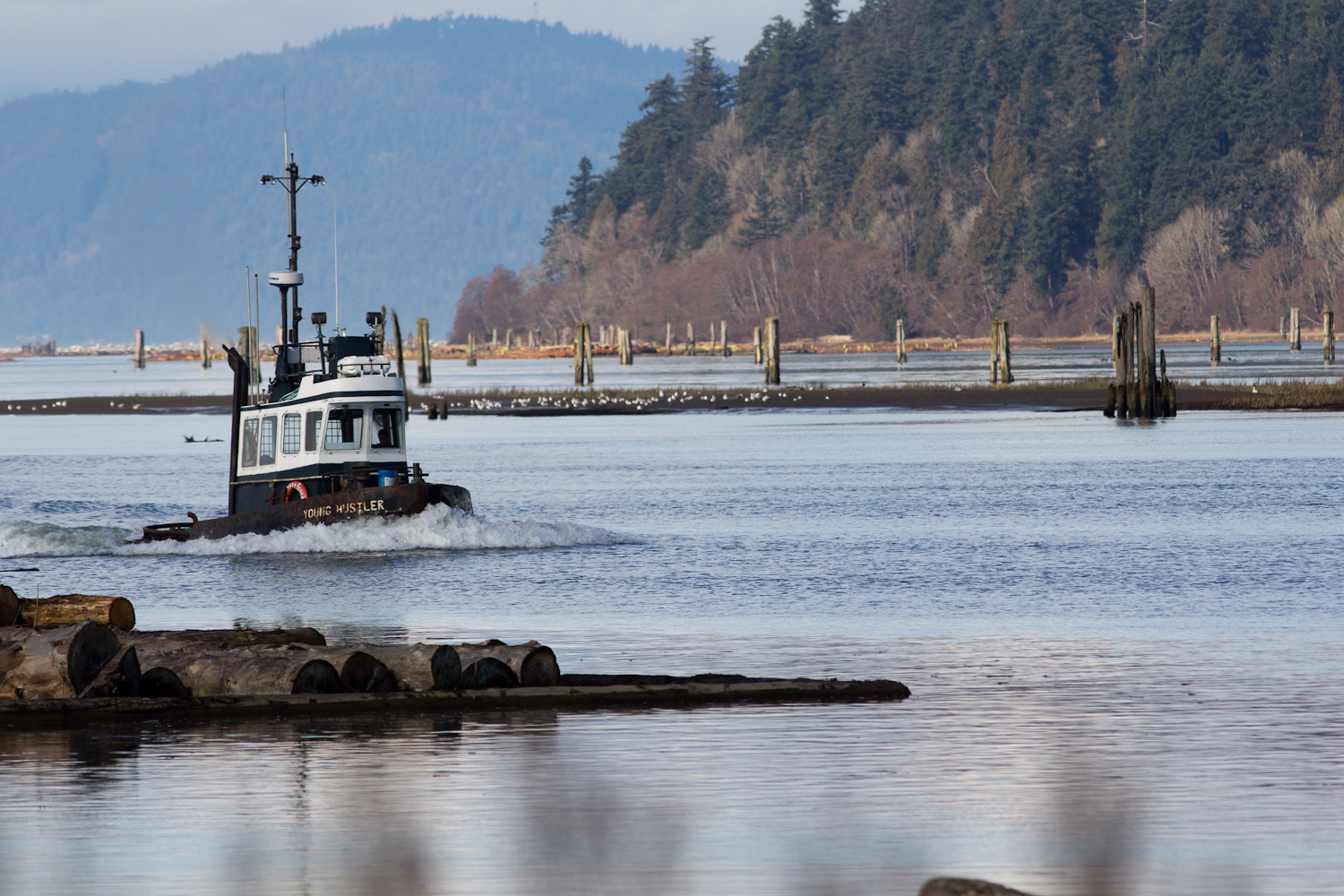
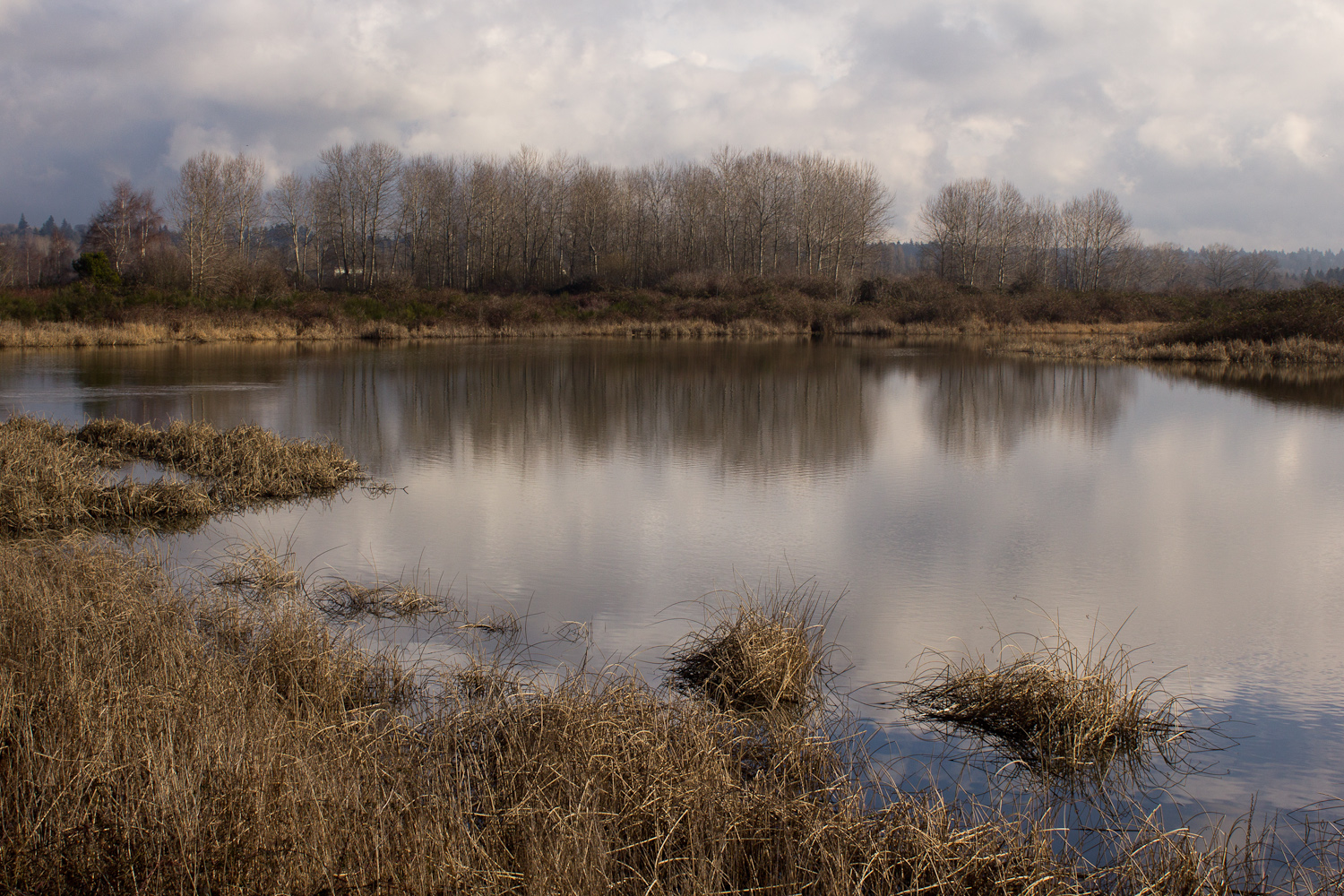
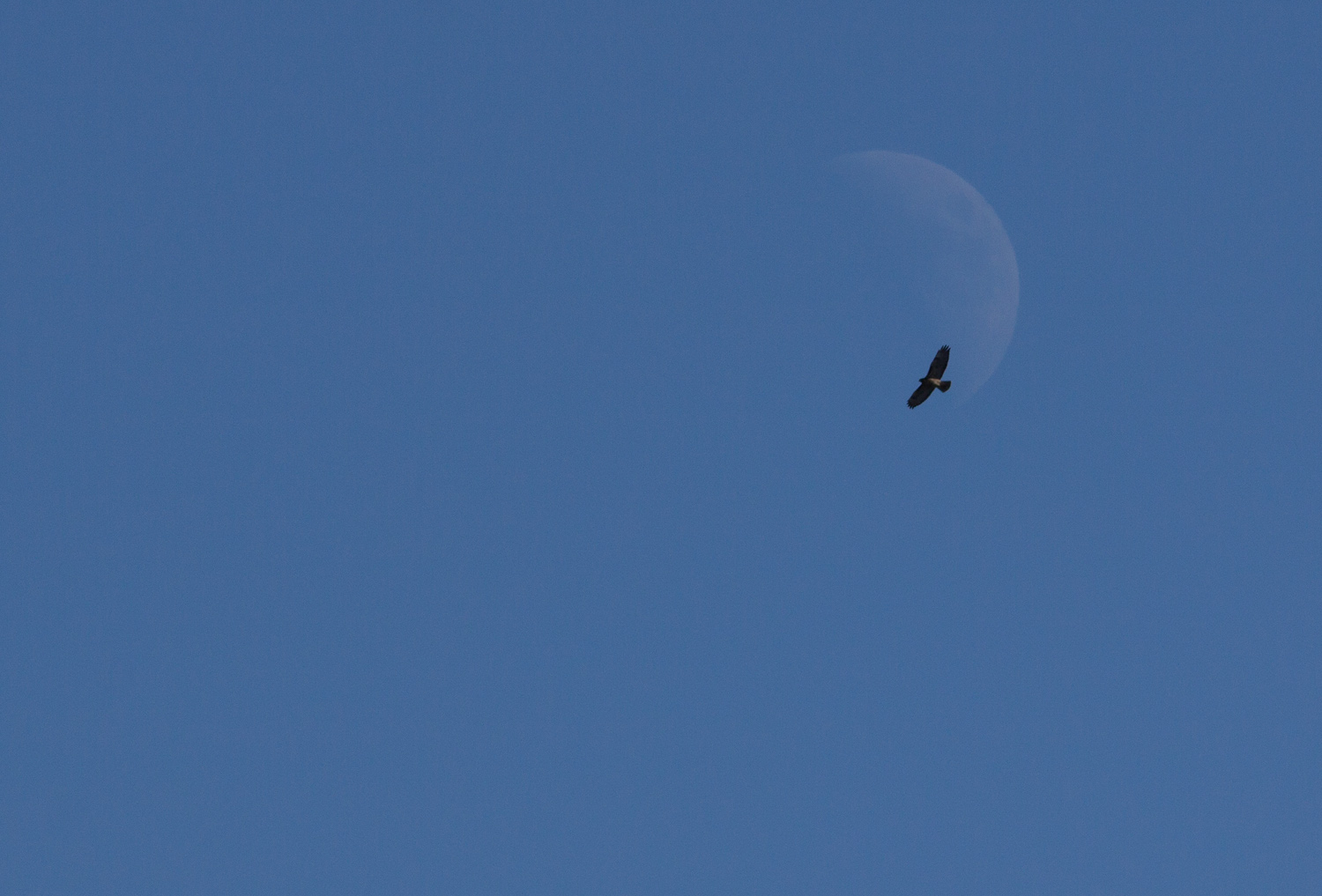

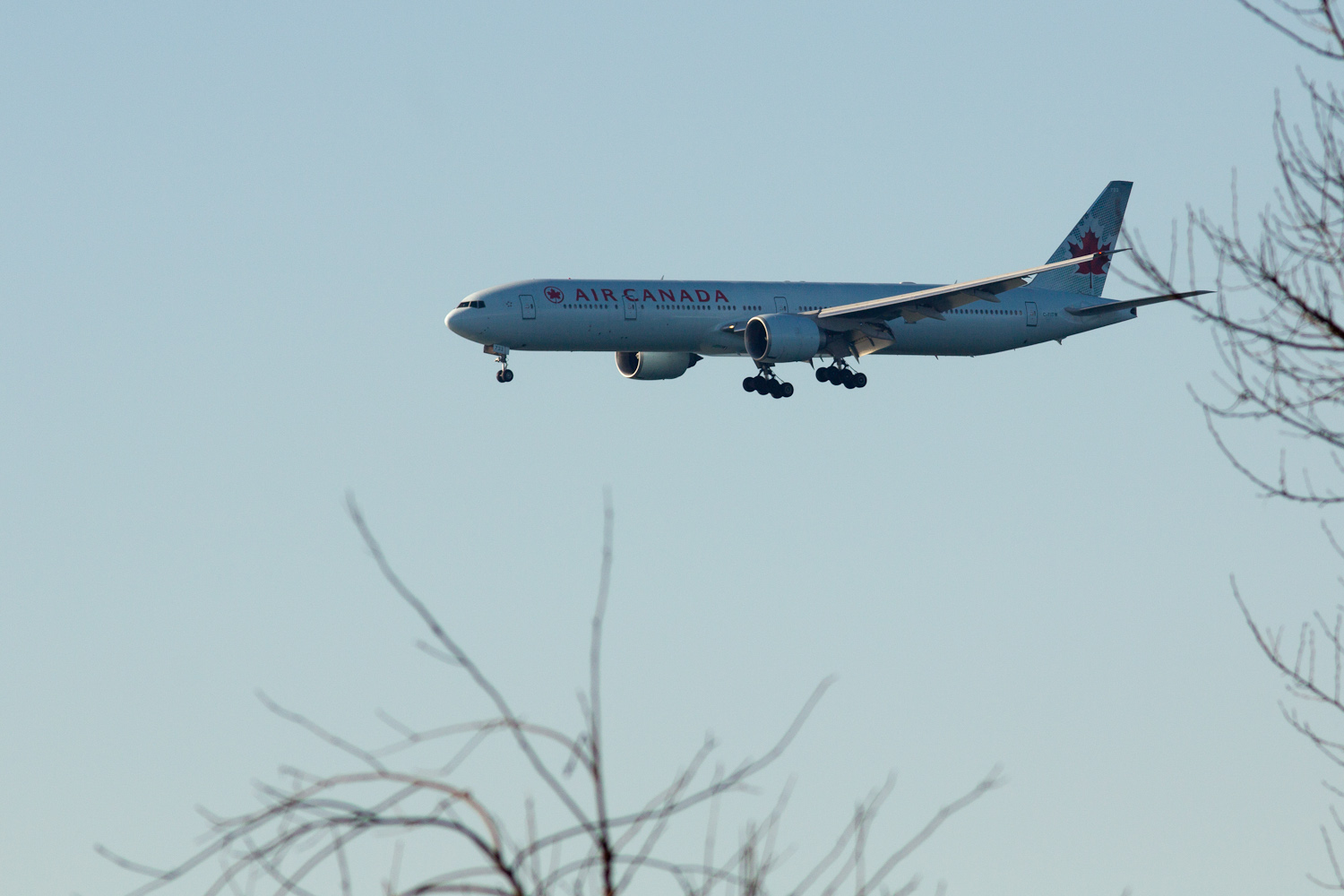
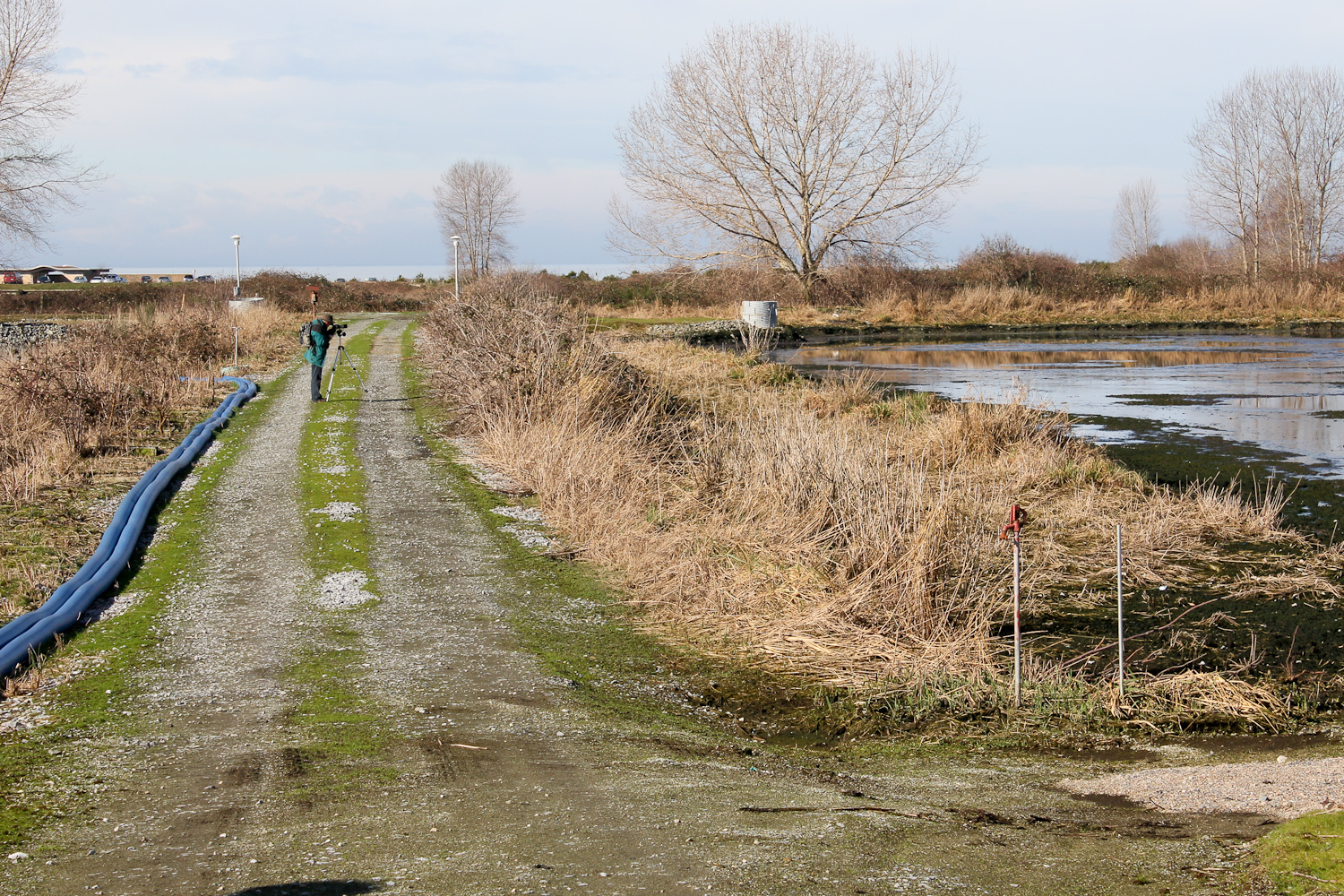
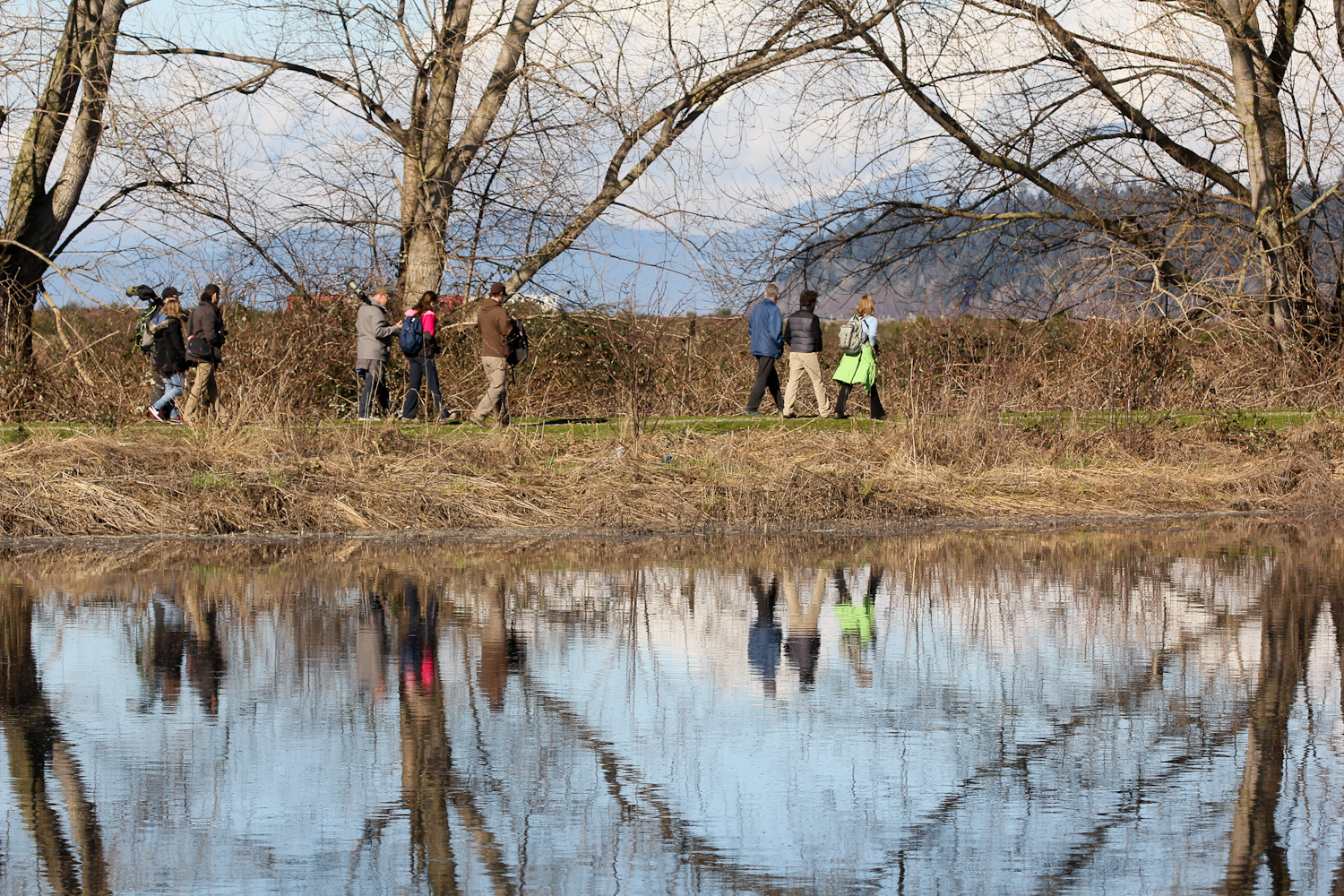
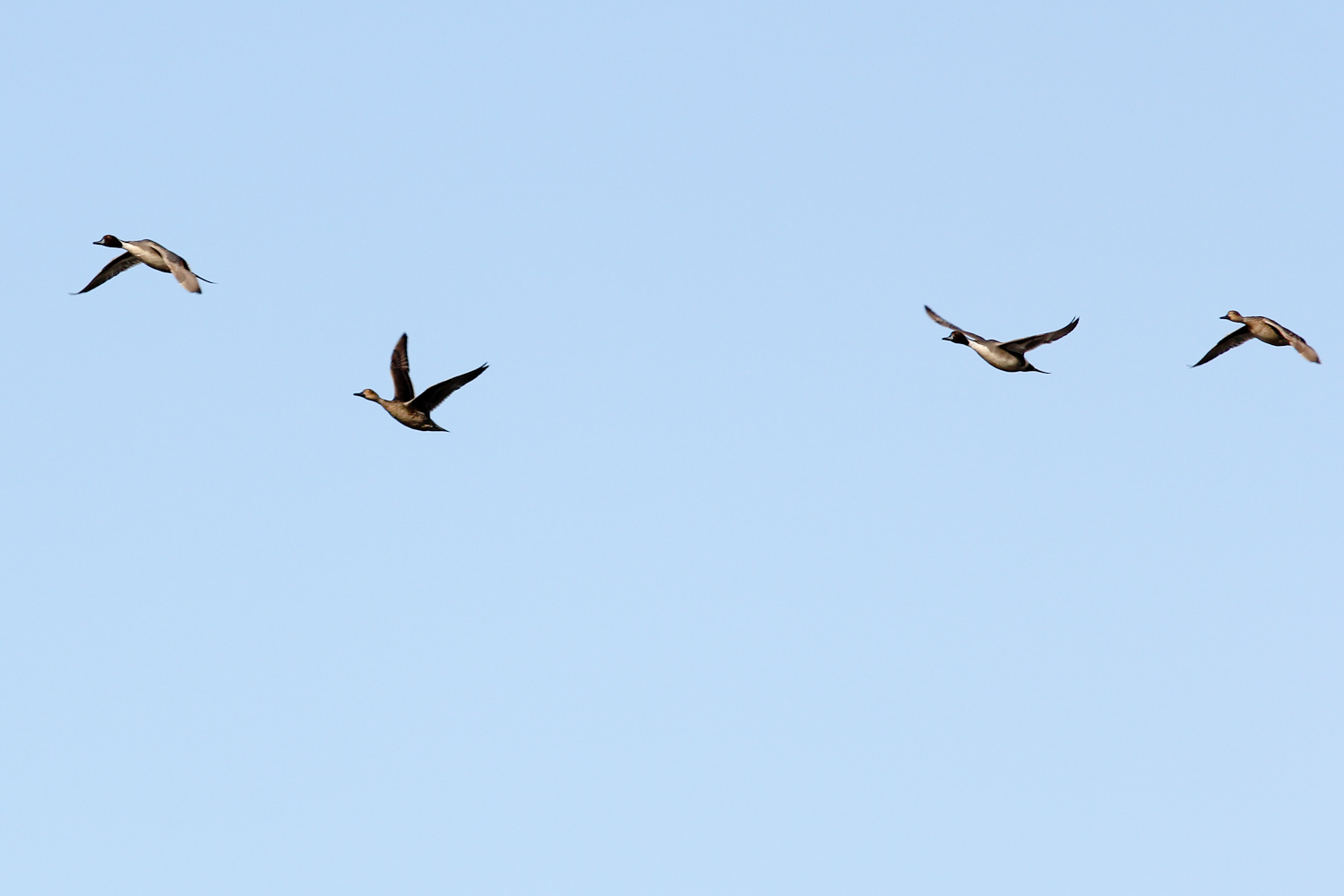

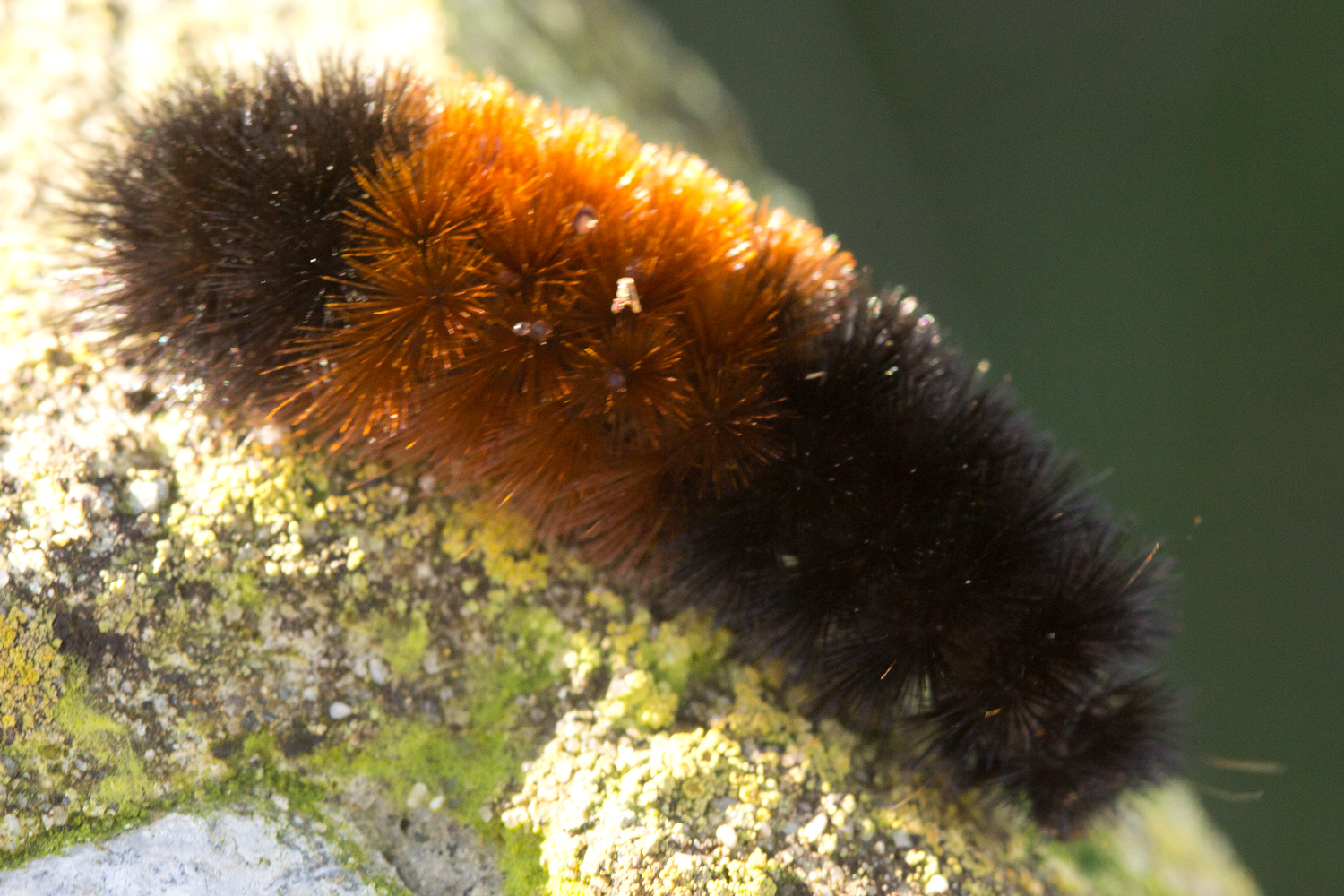

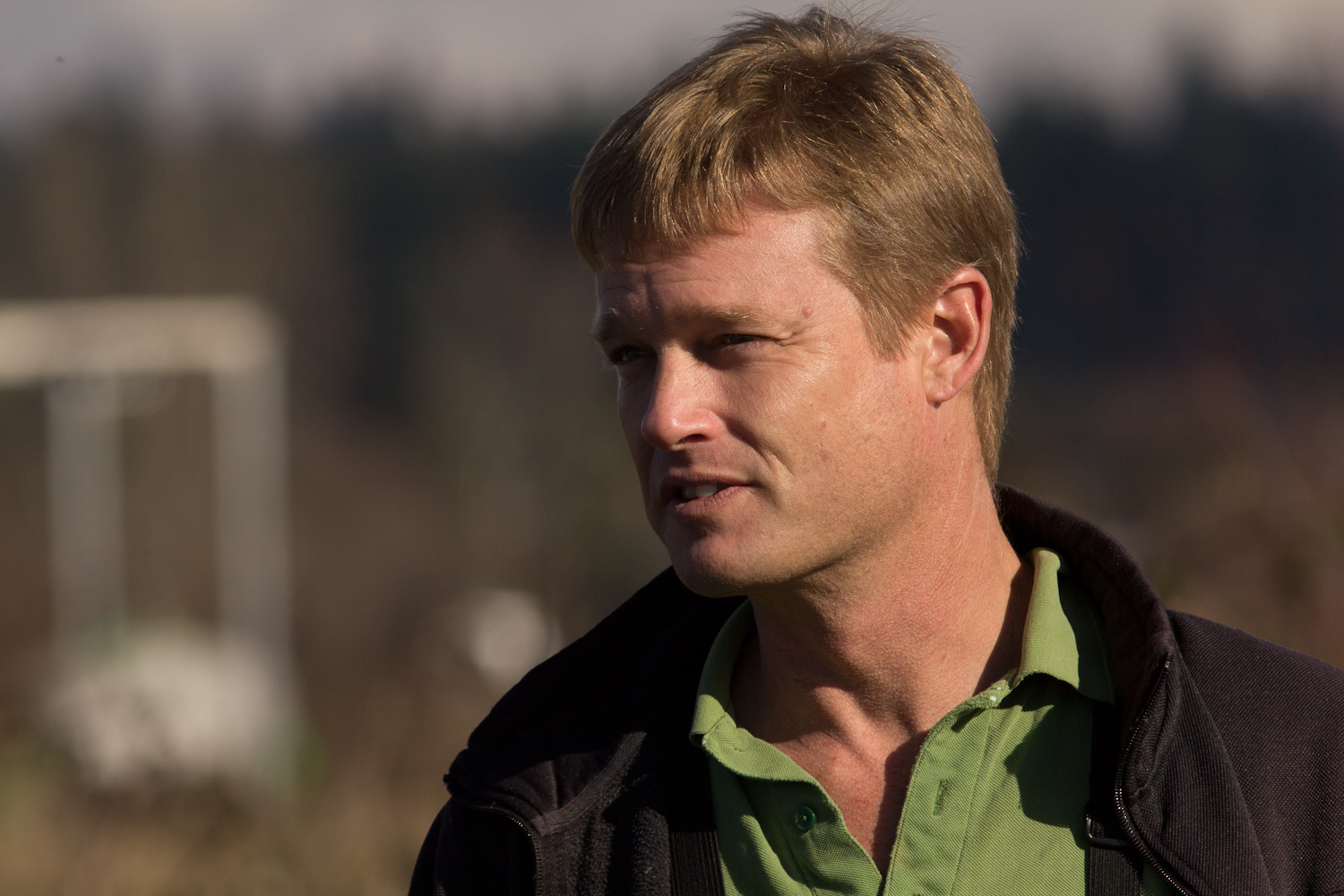
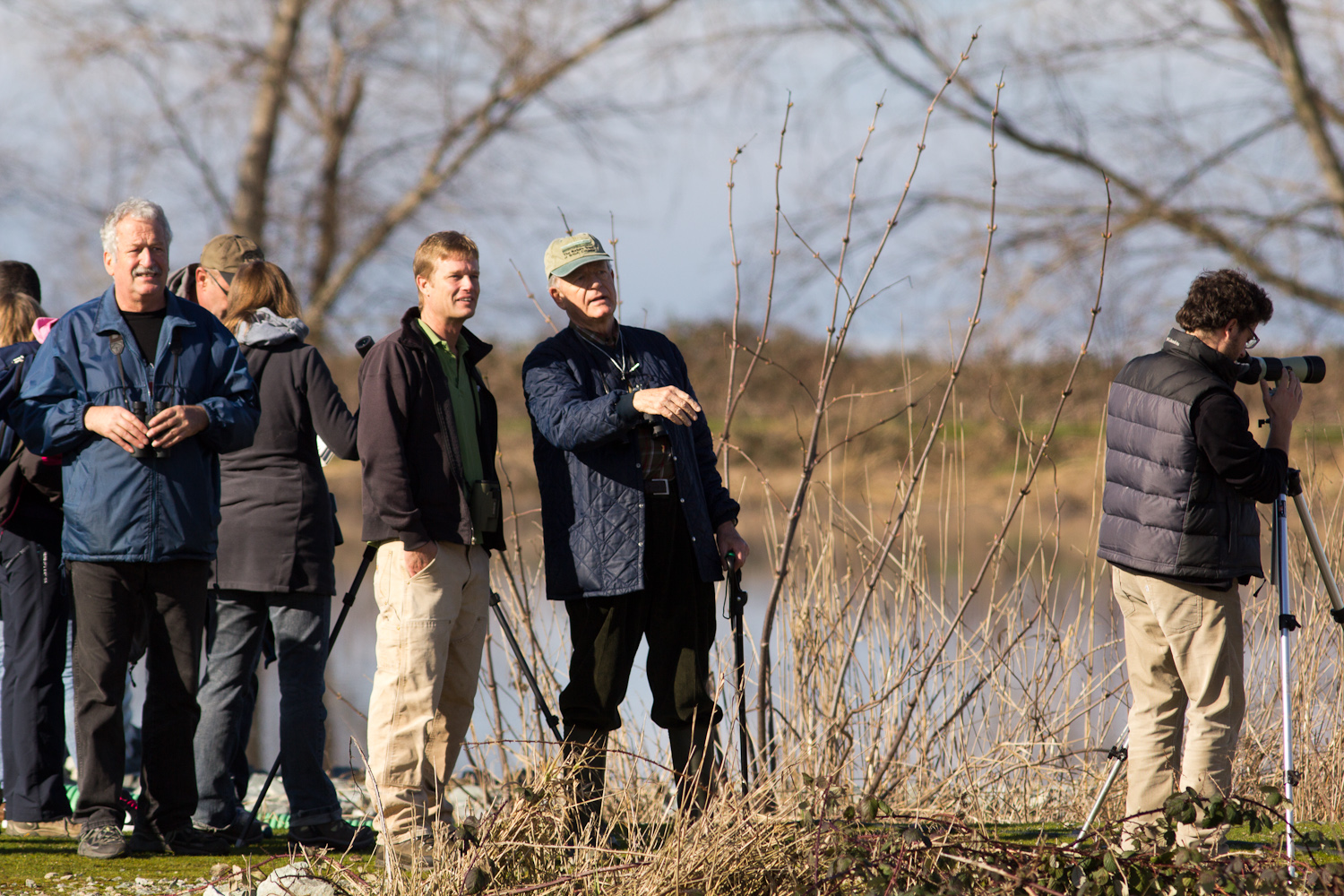
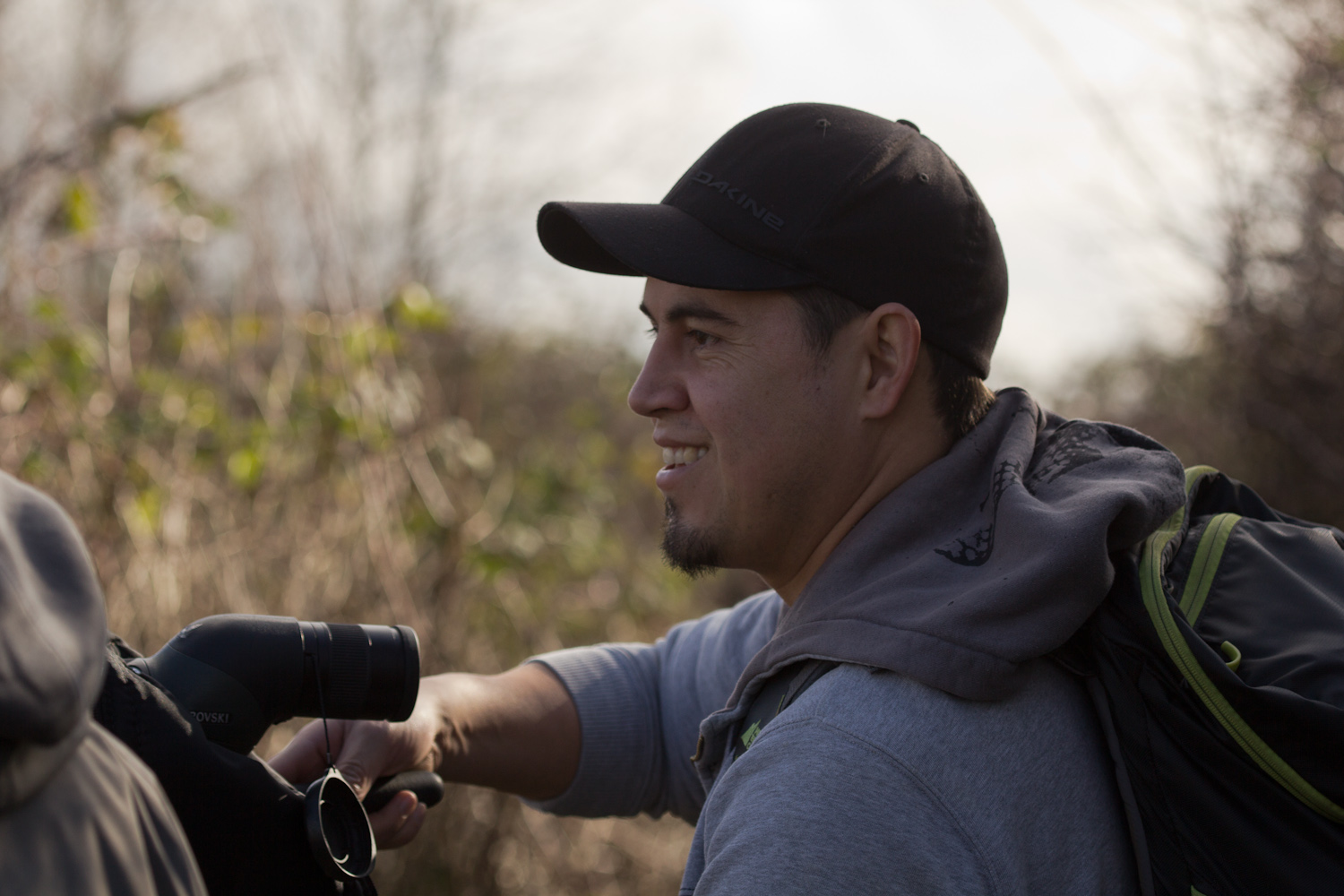

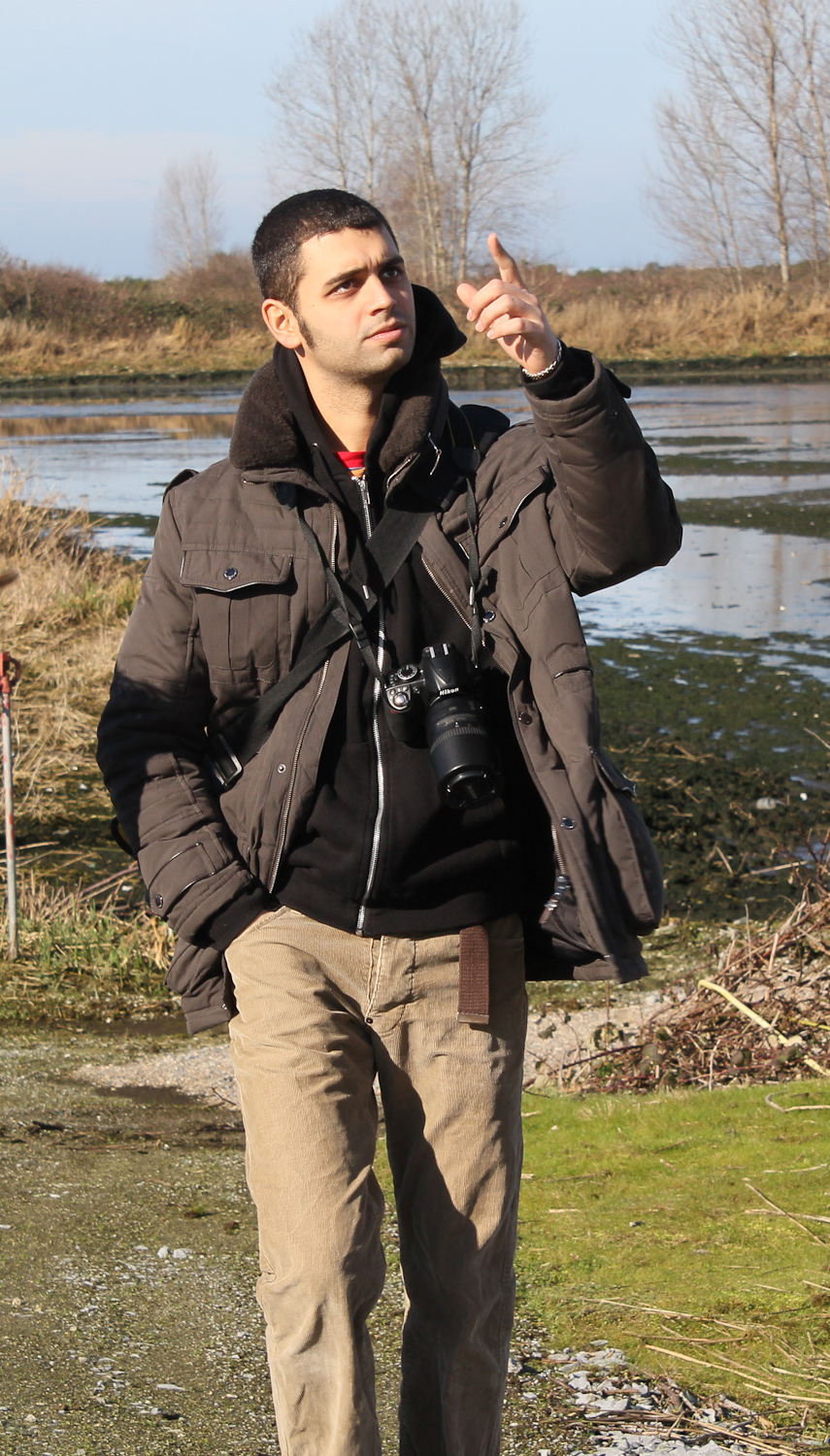
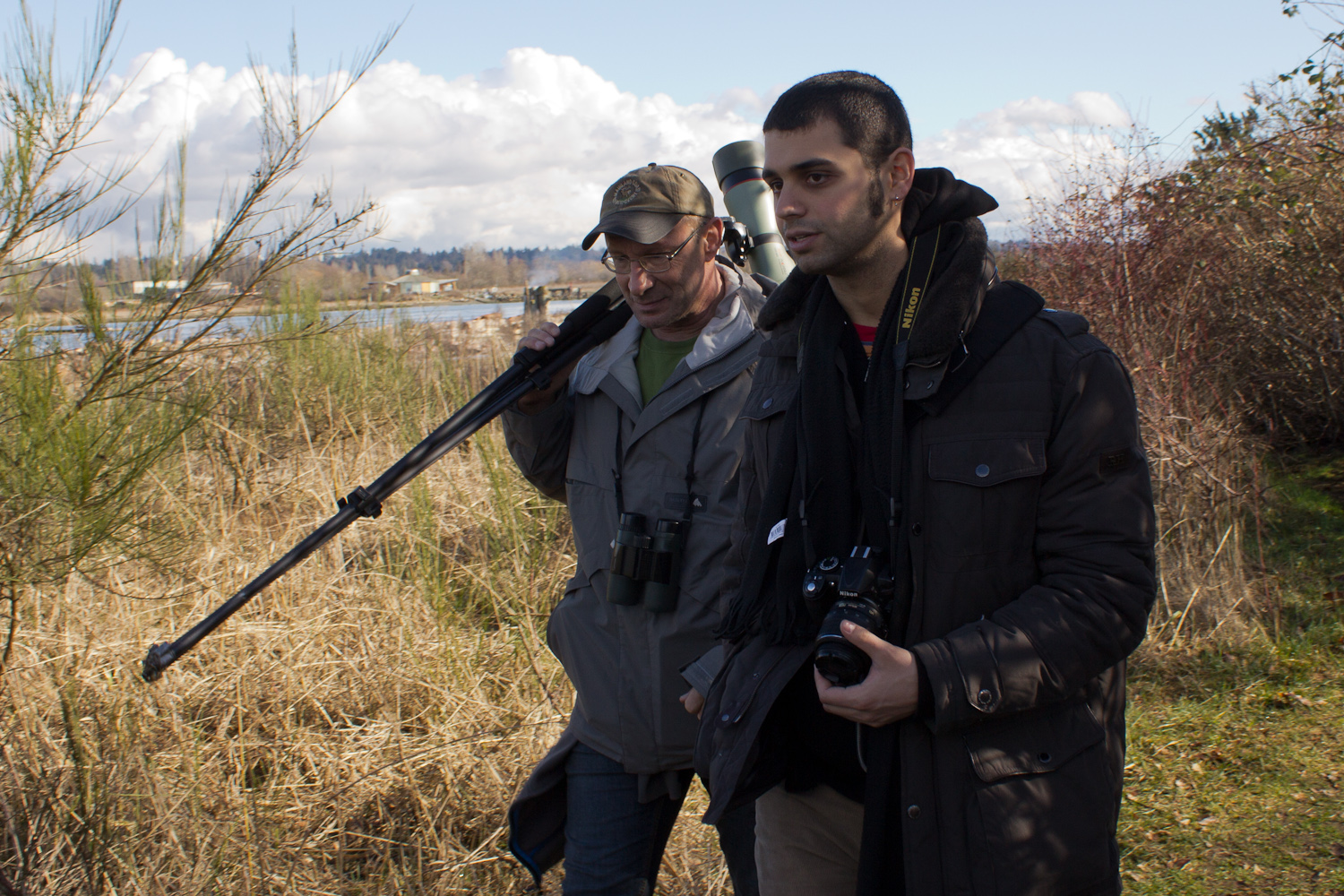
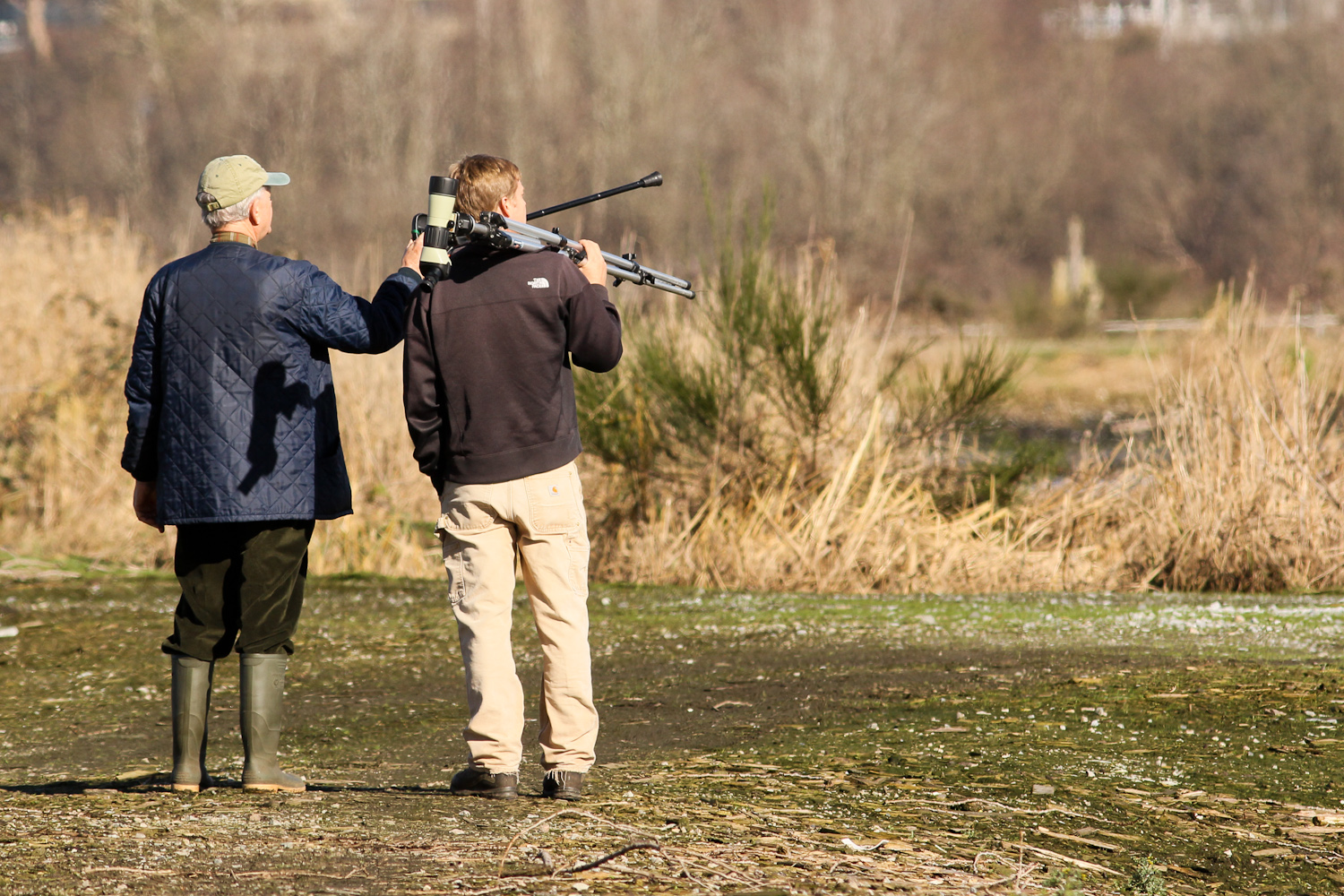
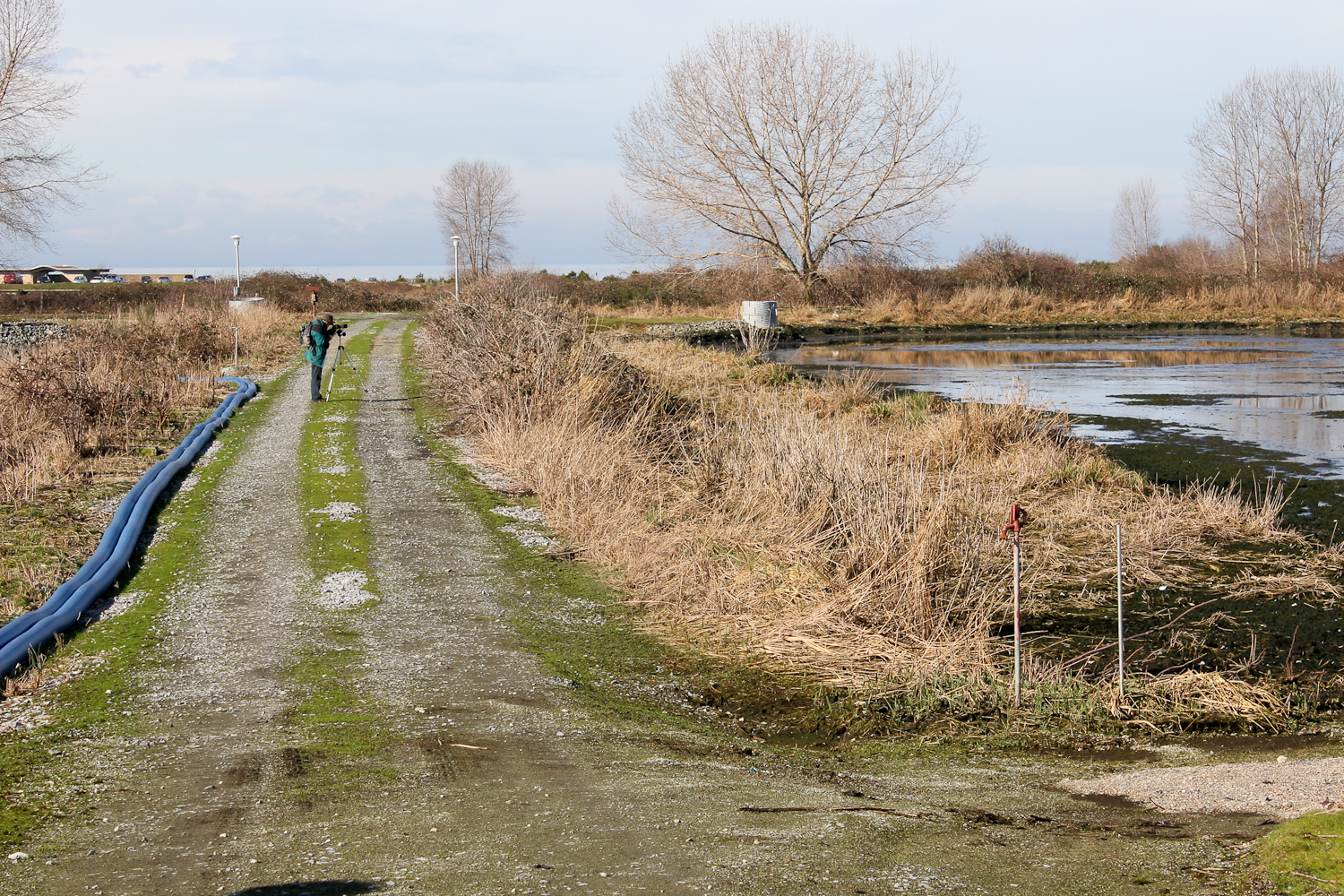
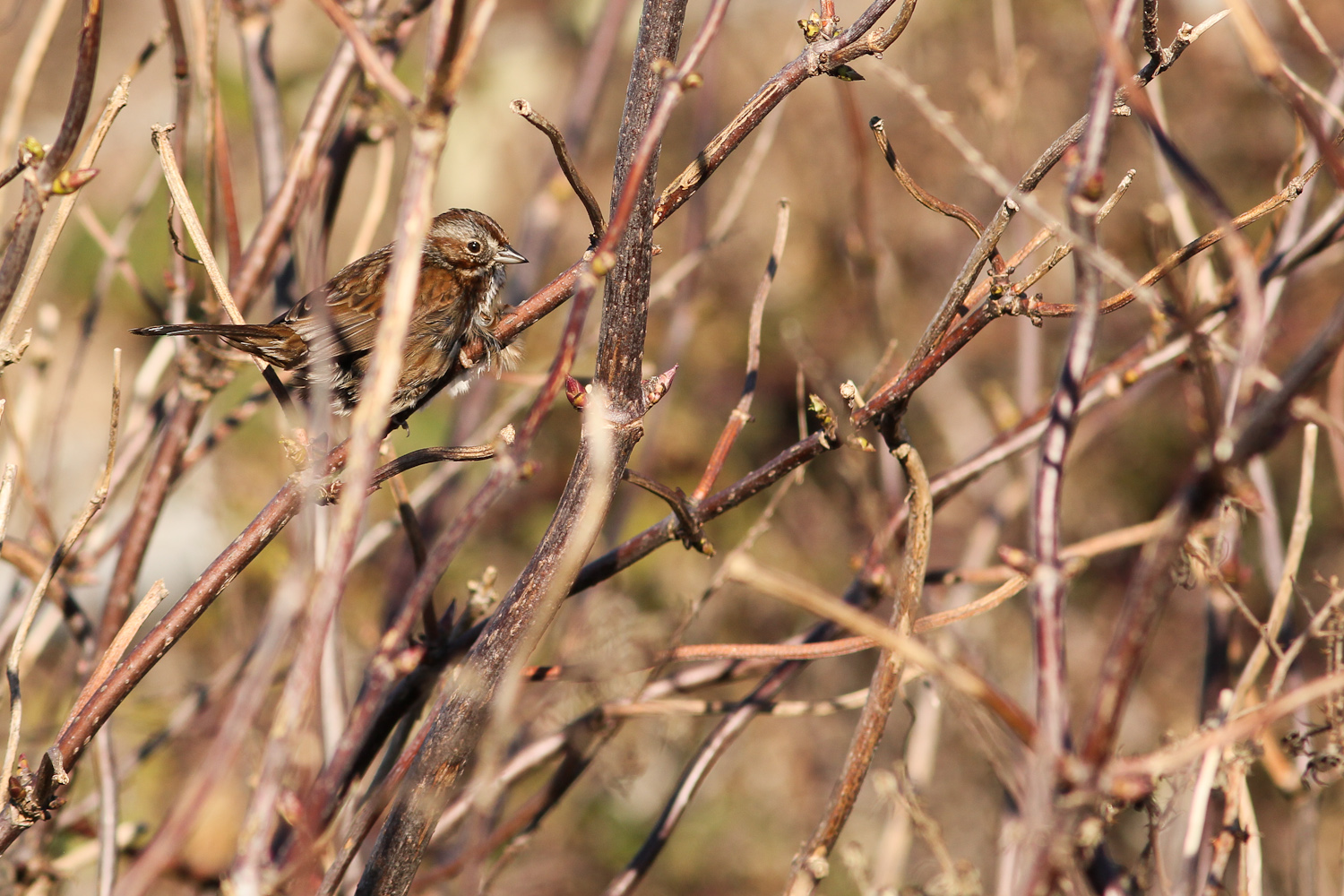
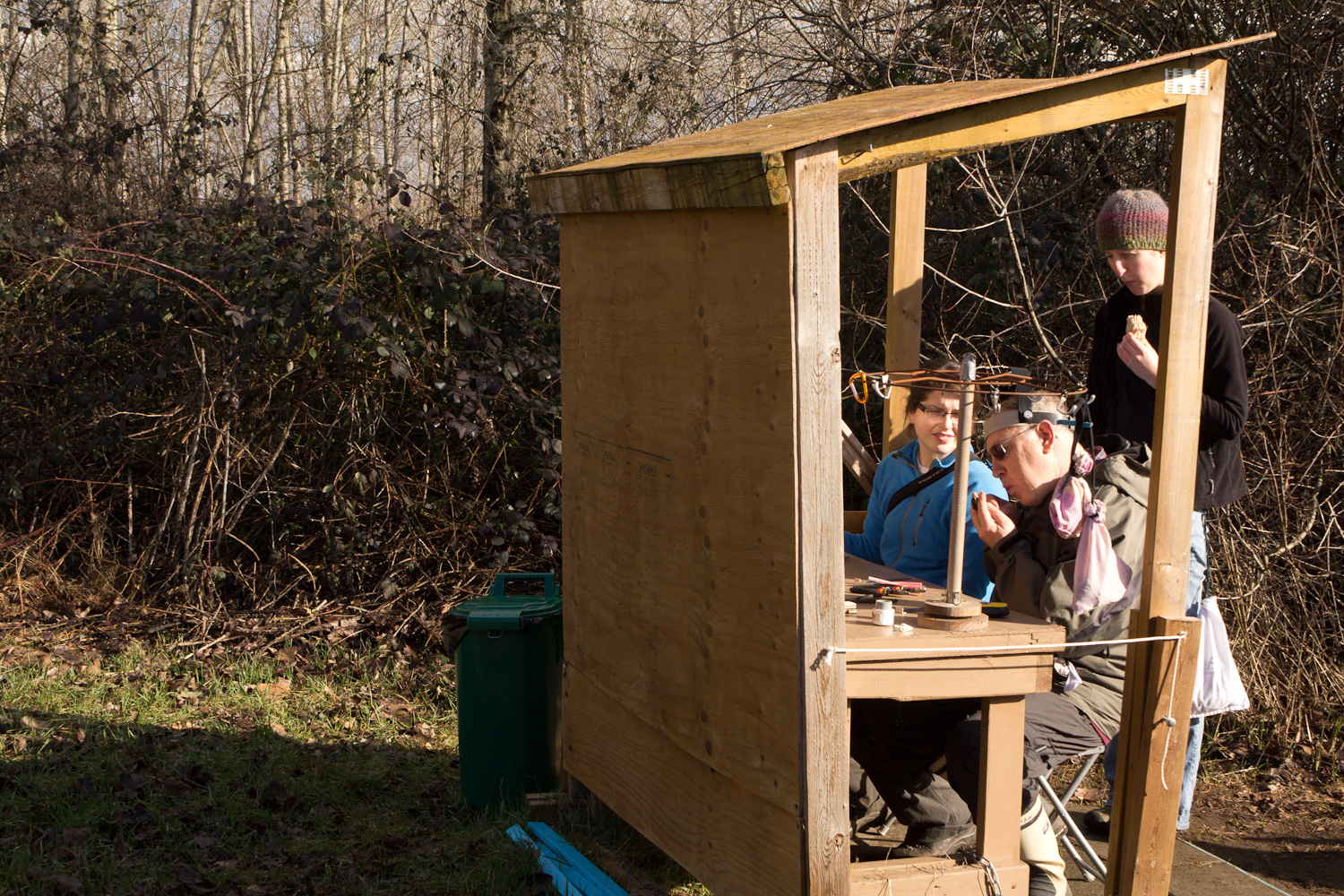
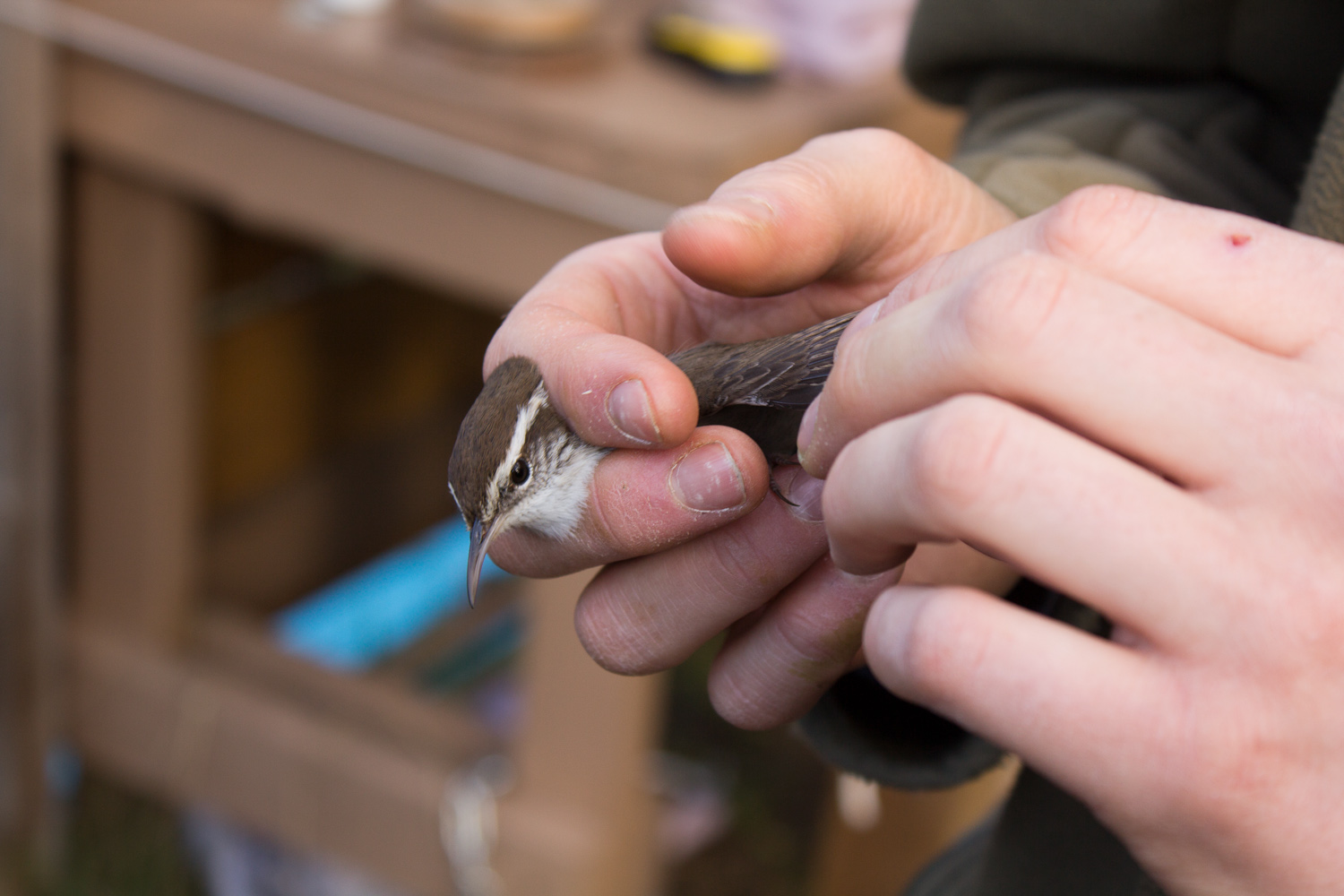
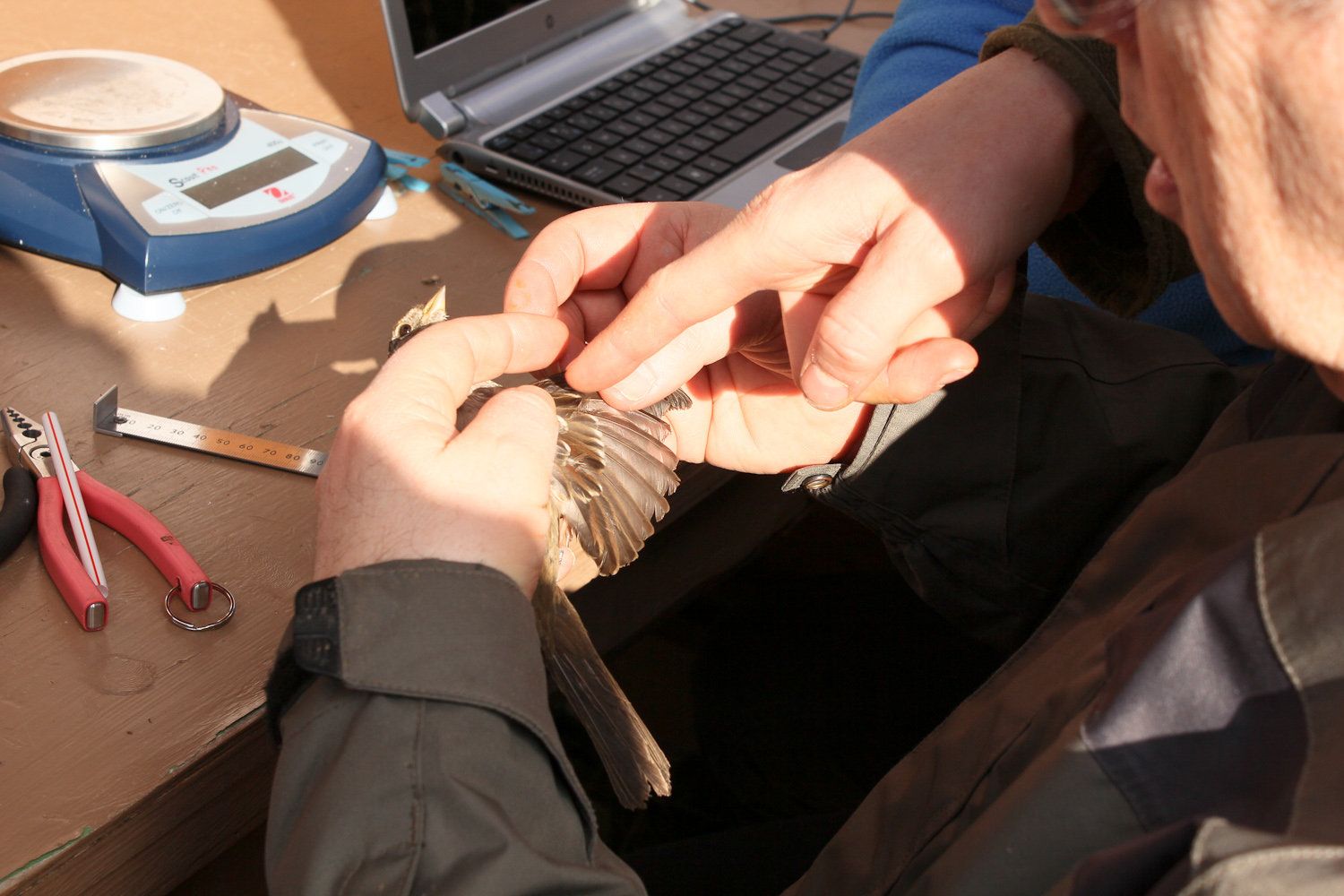
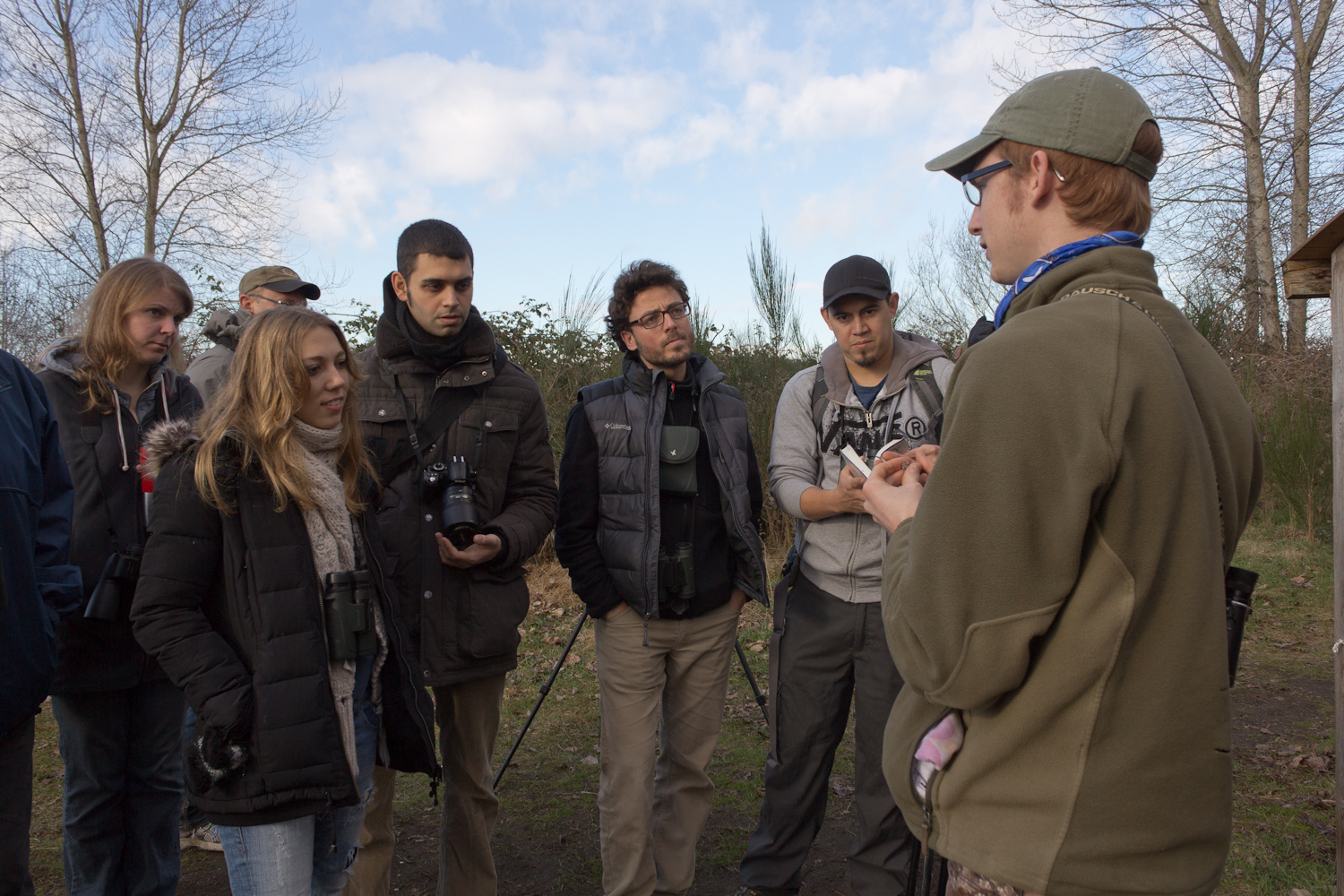

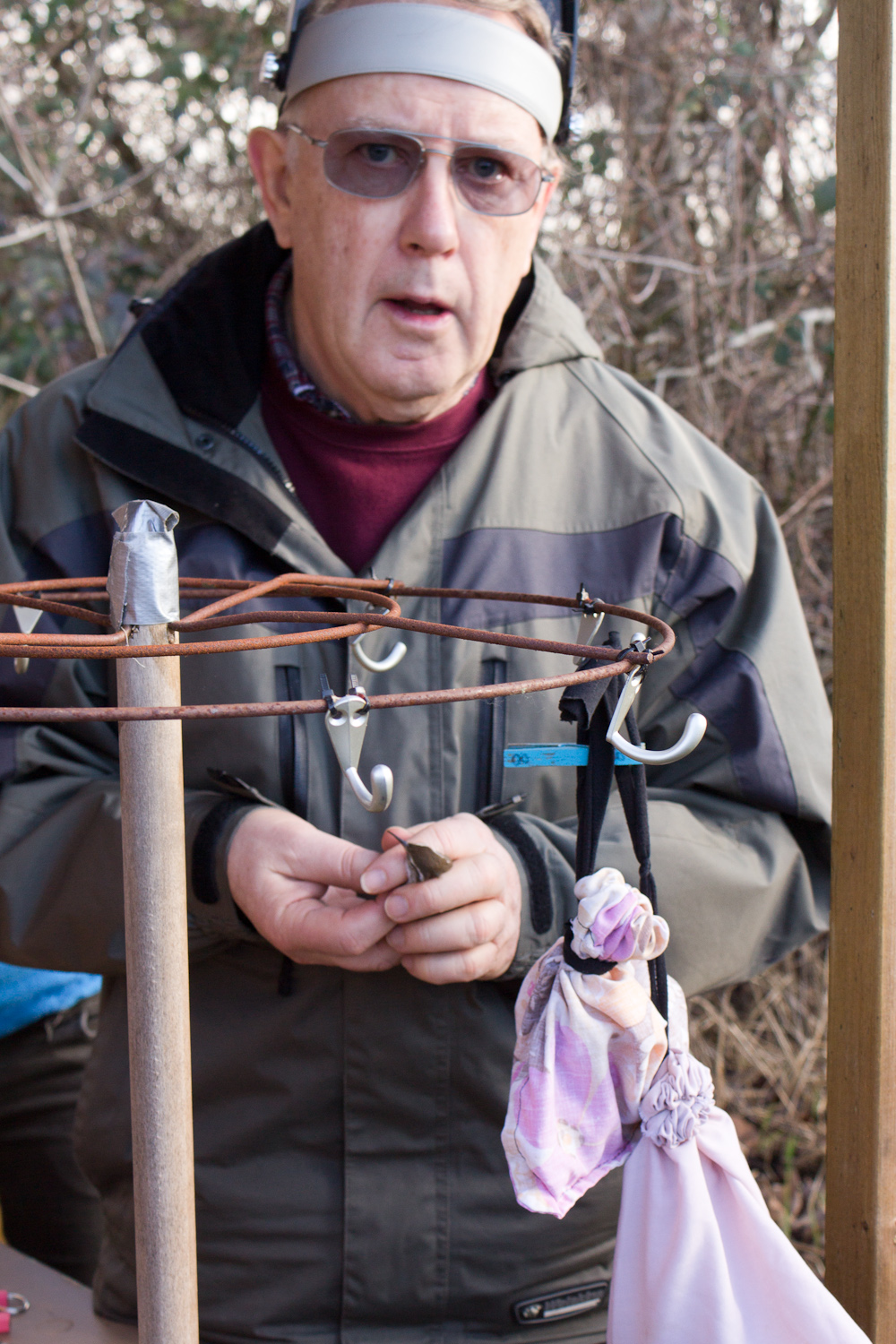
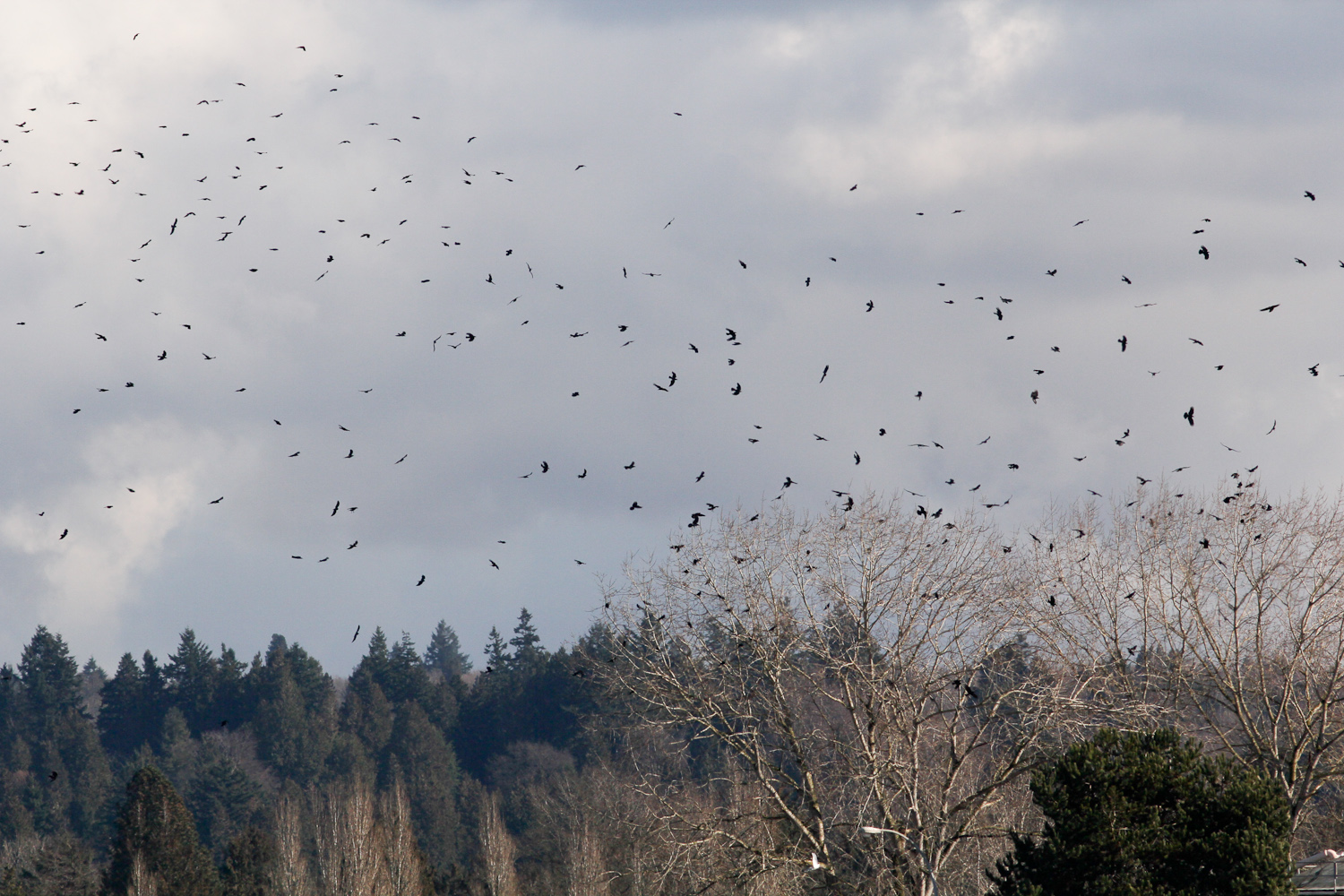
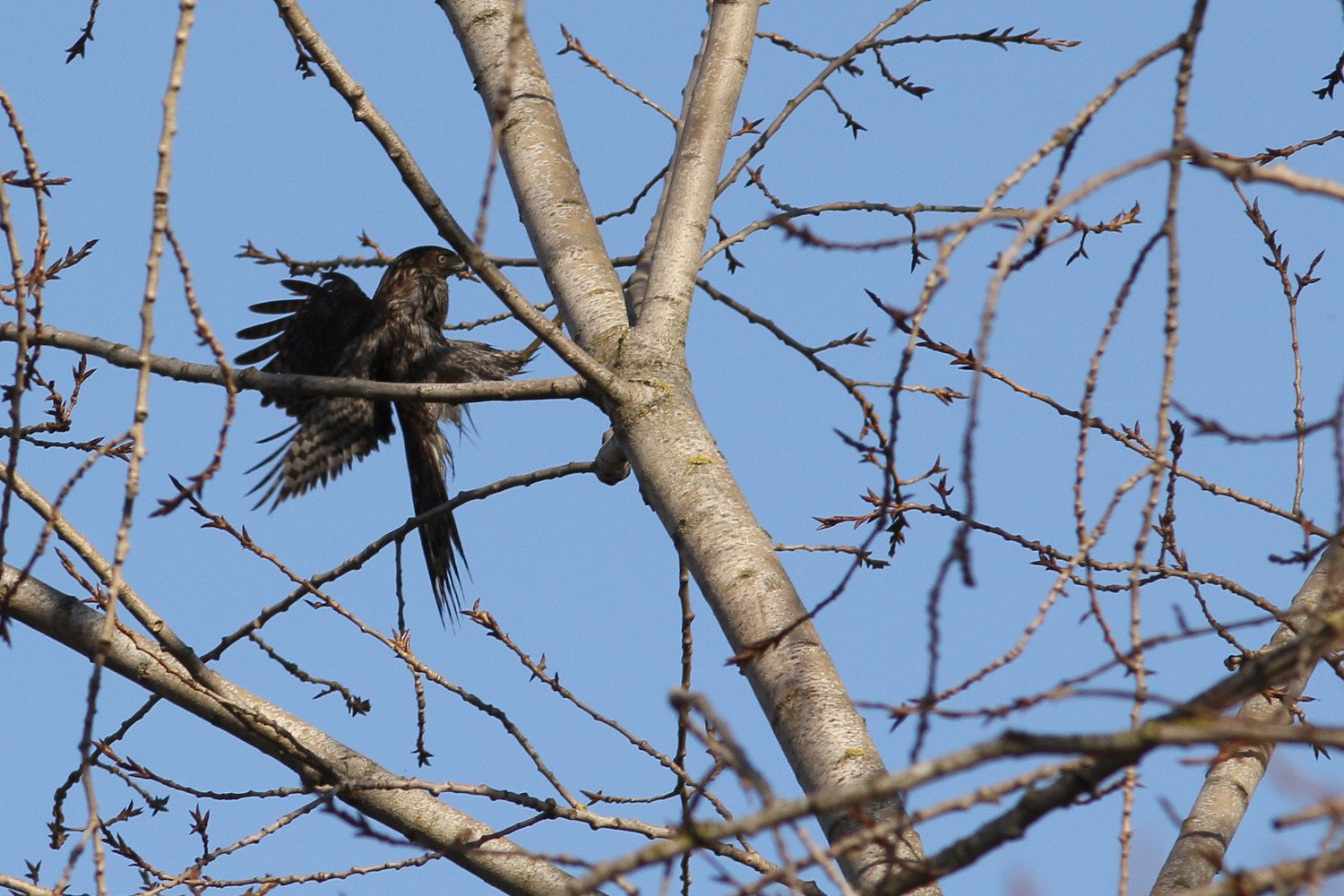
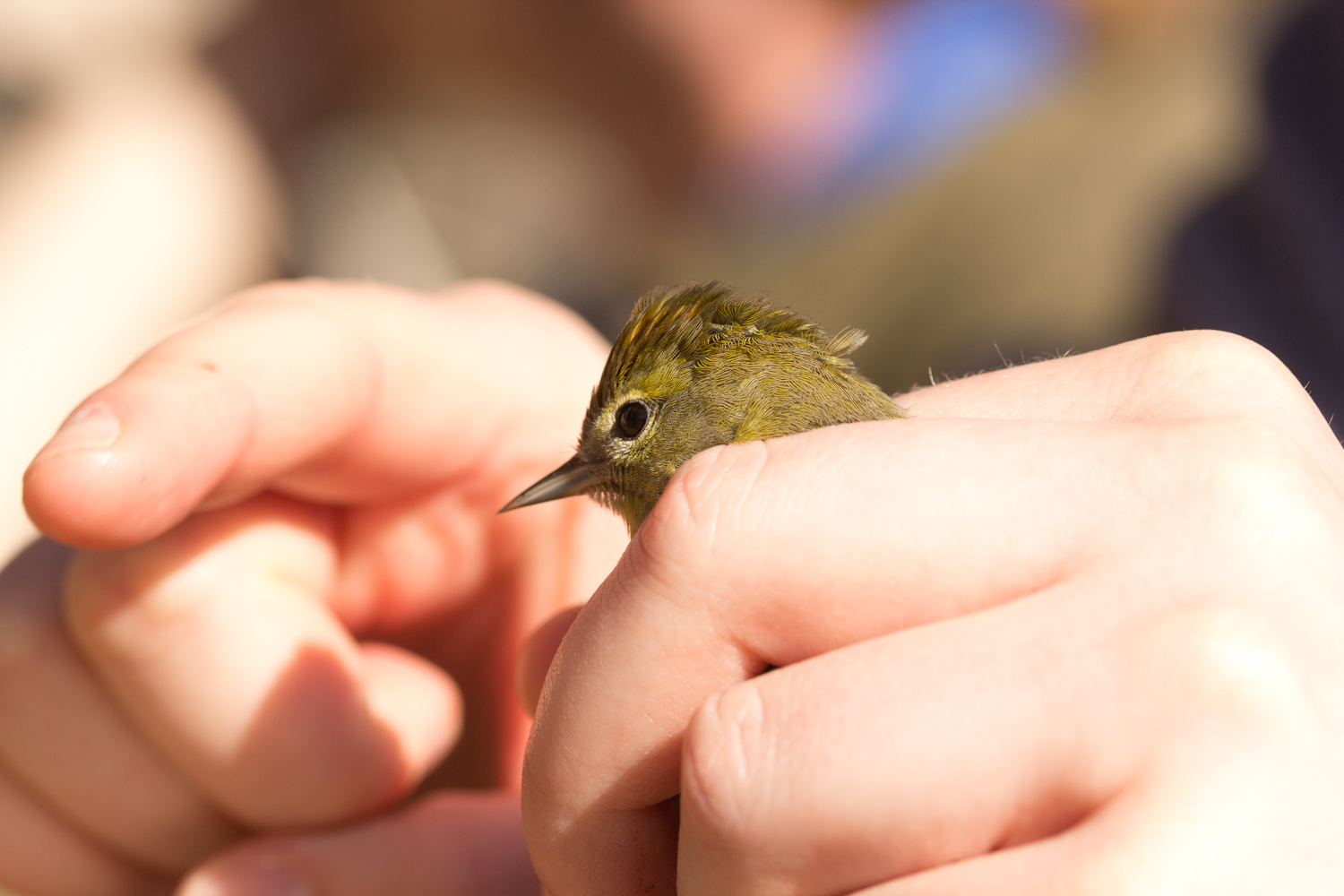
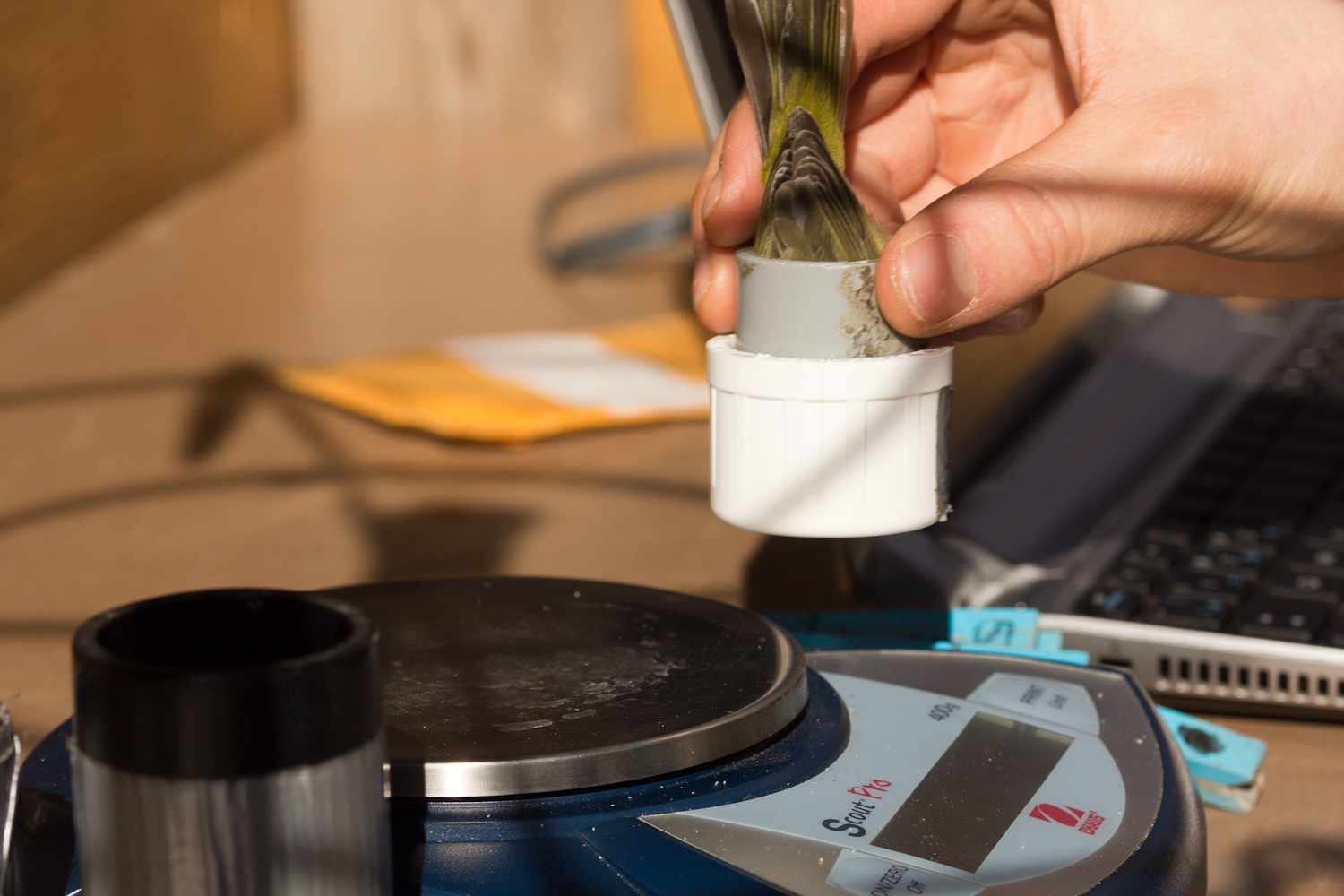
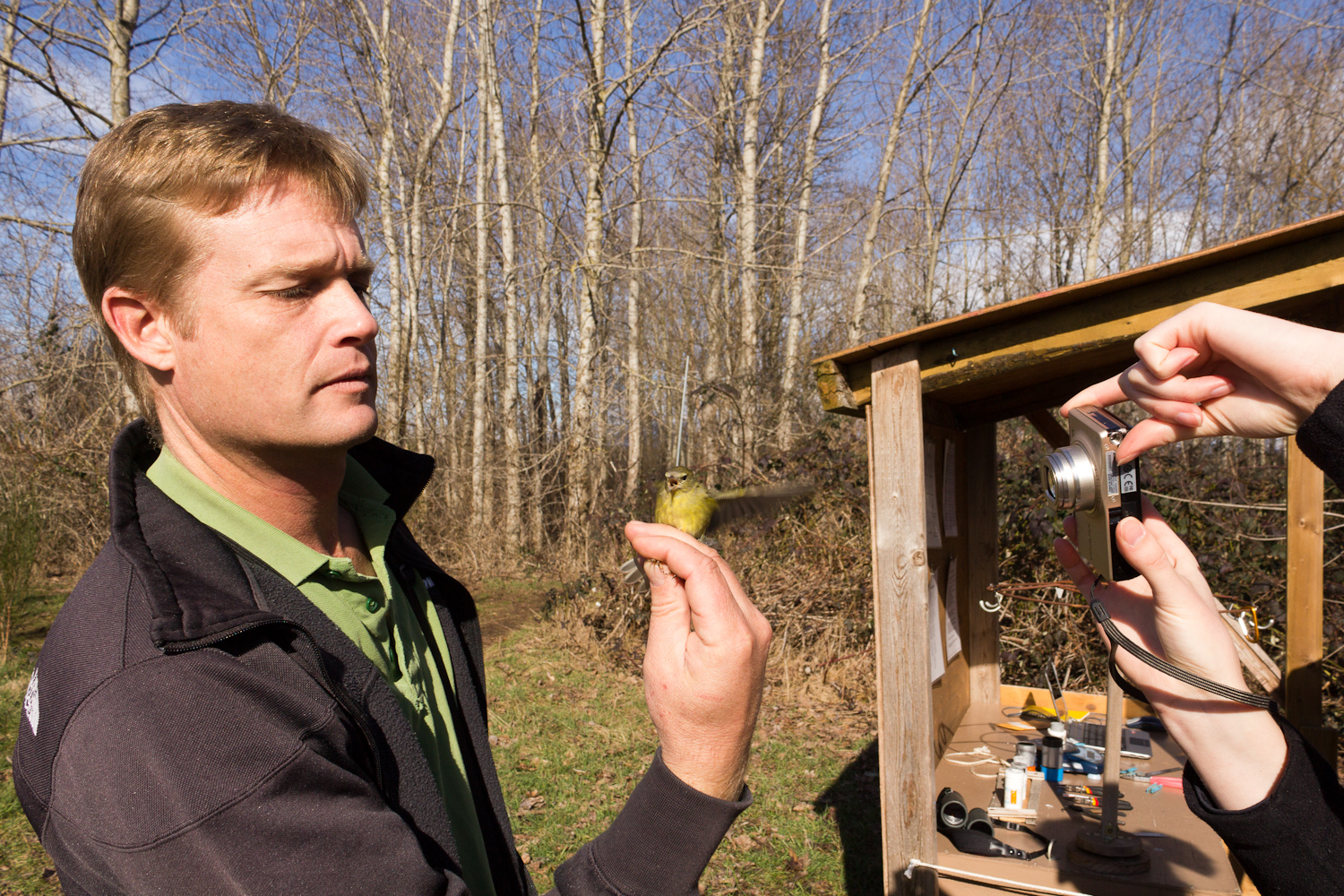
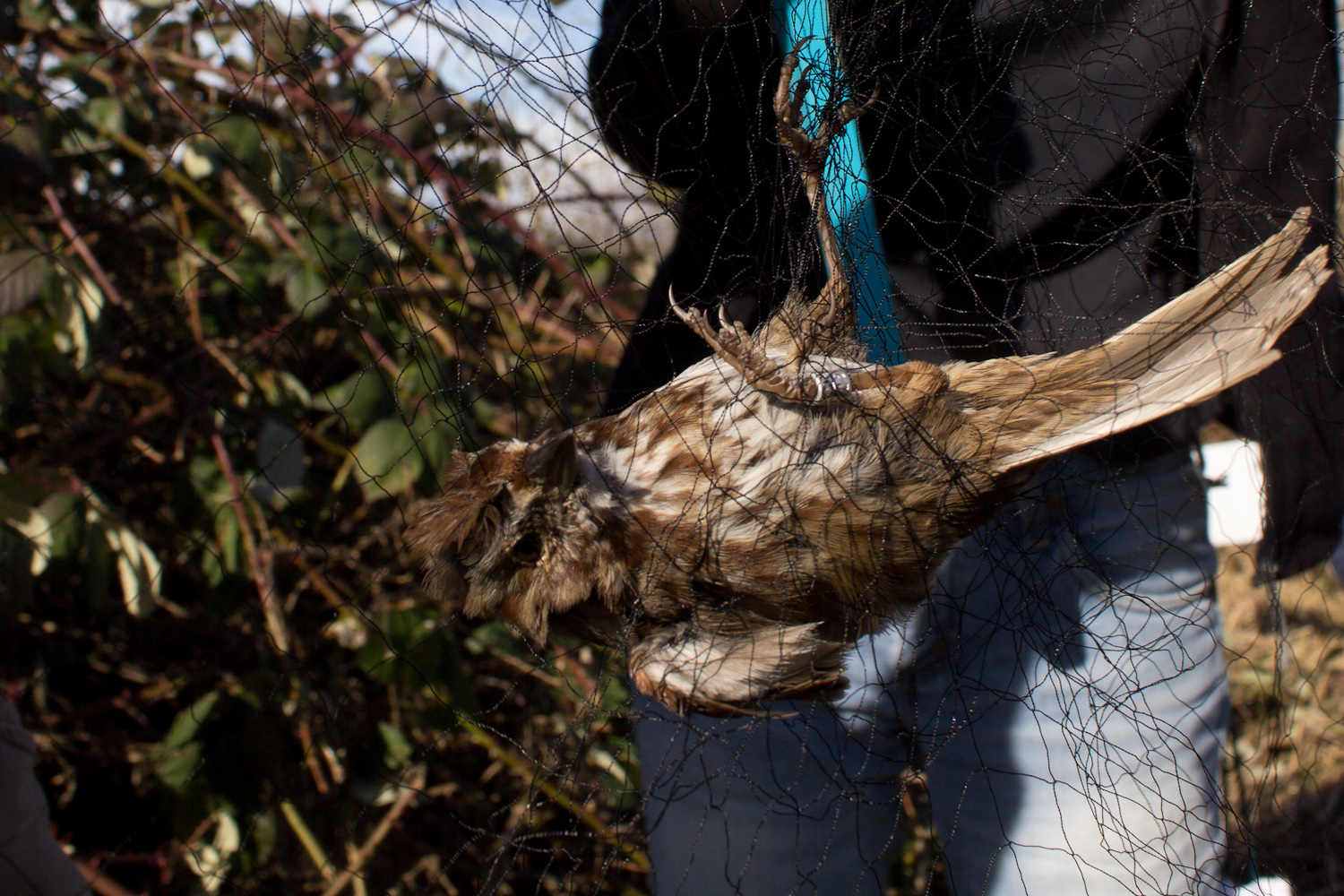

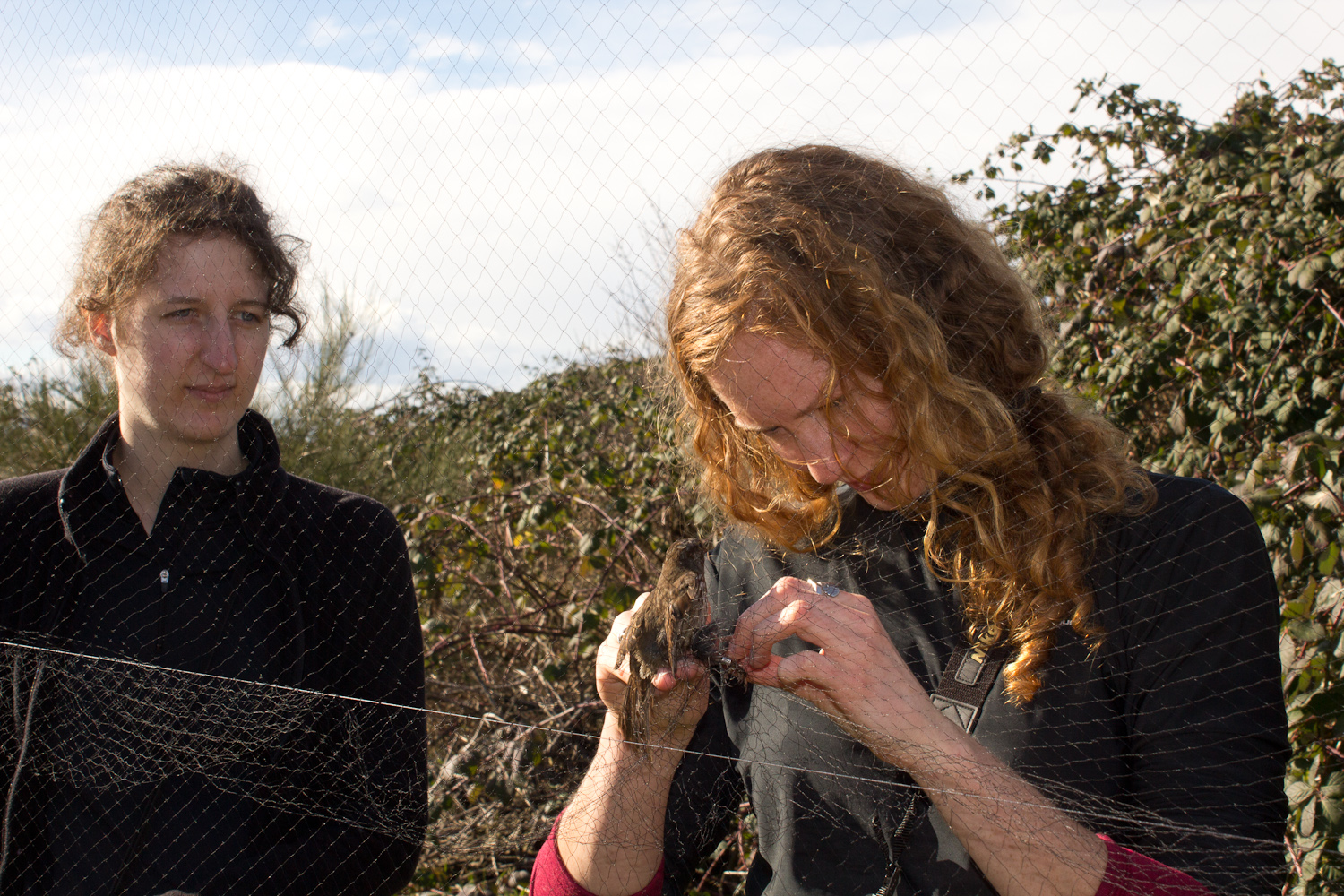

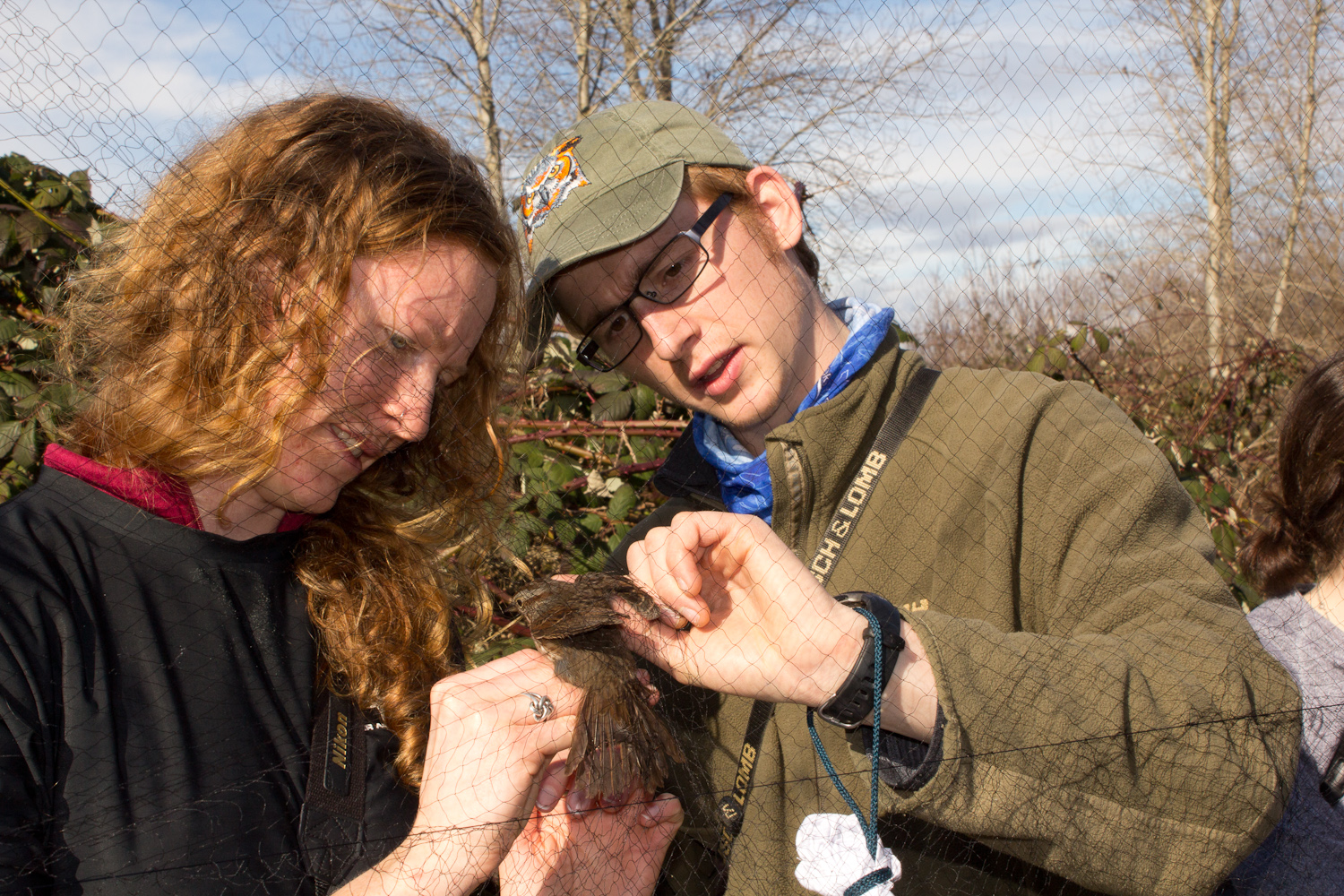
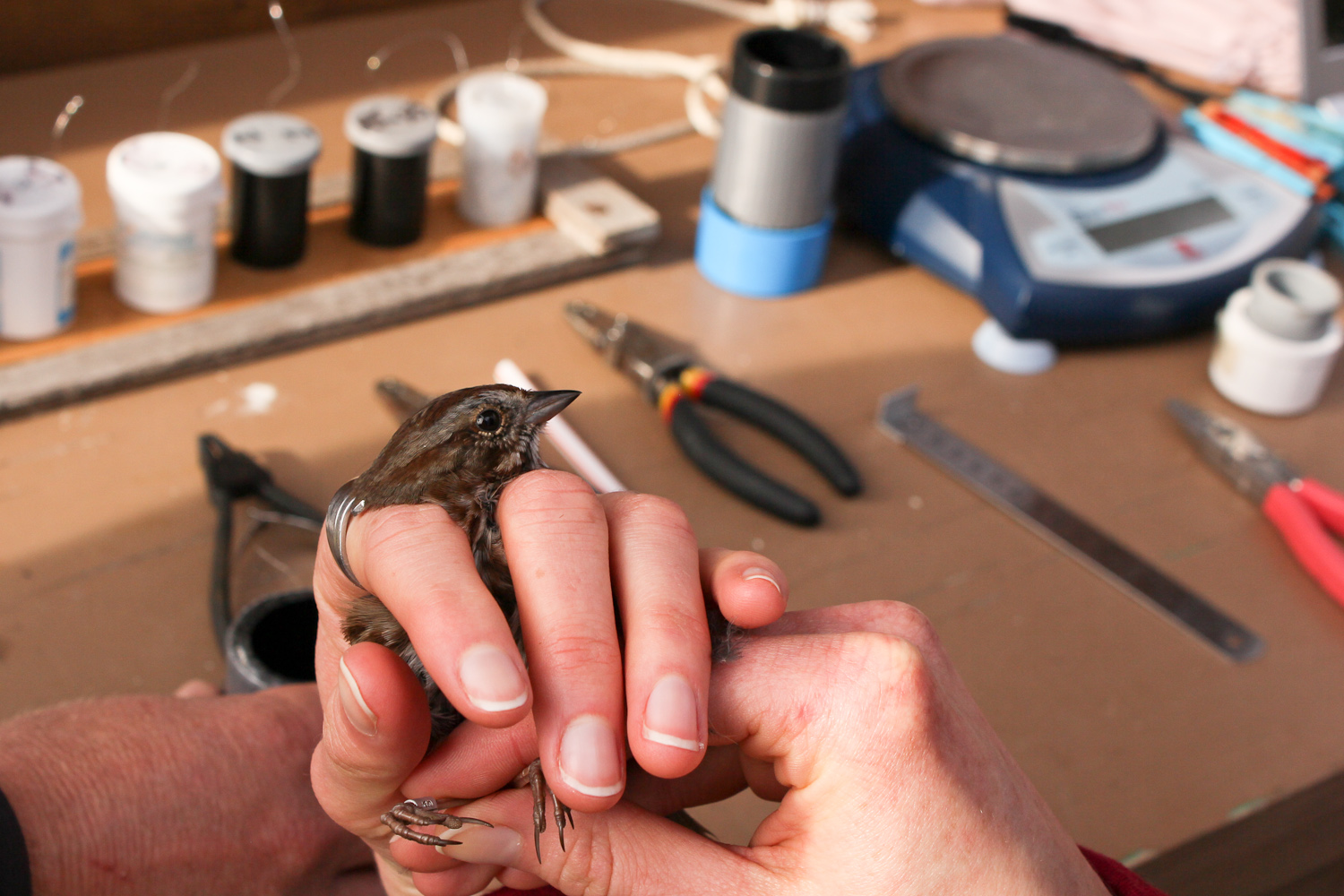
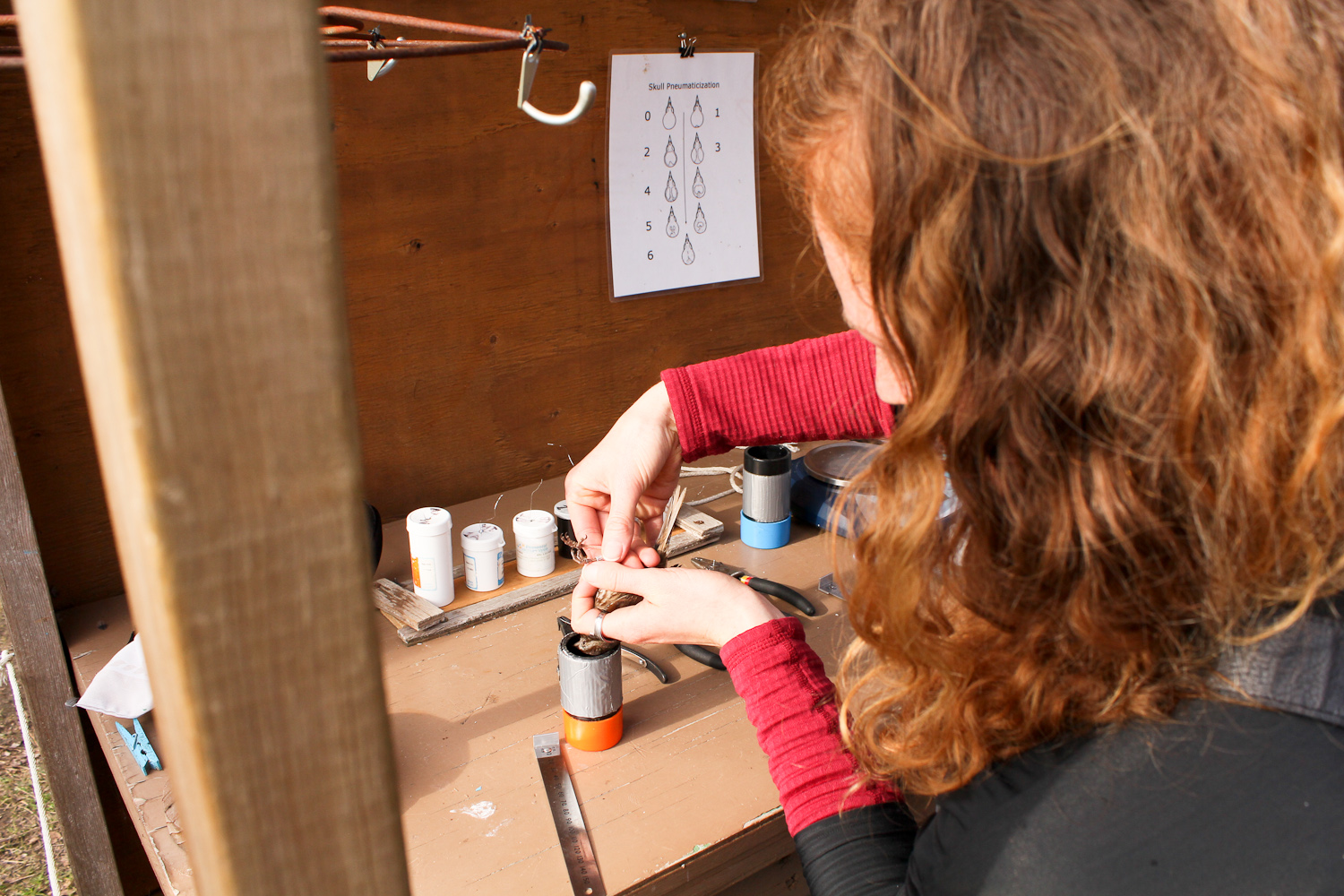

Pingback: Cheapskate Tuesday 5: Extension Tubes | Ibycter